Le Monde Problématique's Public Feed: Willkommen zu meiner Debattenr...
Der wohl bekannteste Kurator im Bereich Zeitgenössische Kunst, Hans Ulrich Obrist, hat in einem Beitrag für The Art Newspaper umrissen, welche Zukunftspläne er für die von ihm geleitete Serpentine Gallery hat. Anlass ist das nahende fünfzigjährige Jubiläum der Londoner Institution. Umweltbewusstsein werde in Zukunft im Zentrum allen Handelns des Ausstellungshauses stehen, so der Kurator: „Our multi-platform project, General Ecology, embeds environmental and ecological concerns across the Galleries’ programmes, infrastructure and networks. We are the first contemporary art institution to appoint a curator dedicated to ecology, Lucia Pietroiusti. We have invited artists, thinkers, designers and architects from across the world to create works that respond to the climate emergency for our major project Back to Earth, which includes an exhibition opening in June.“ Auch er selbst werde seine Reisetätigkeit stark einschränken, um die Umwelt weniger zu belasten.
Obrists angekündigter Reiseverzicht könne gar nicht hoch genug eingeschätzt werden, so Daniel Völzke in seinem Kommentar, welchen das Magazin Monopol veröffentlicht hat. „Kein anderer Protagonist der Kunstwelt steht so sehr für Wissen und Macht, das auf Beziehungen aufbaut. Beziehungen gar nicht mal im negativen Sinne von Klüngel und Vitamin B, sondern als Empathie und Austausch. Grundlage dafür ist die körperliche Anwesenheit an Hotspots und bei Top-Events, was mit einem unglaublichen Reisepensum verbunden ist […]“, so Völzke. Obrists Ankündigung sei ein wichtiges Signal für die gesamte Kunstwelt, denn: „[…] der Status Quo aus endlosen Kunstmessen, Biennalen und Ausstellungen, die sich jeweils an ein globales Publikum wenden und auf Wachstum ausgerichtet sind, ist nicht aufrechtzuerhalten.“ Im Zuge eines sich wandelnden Umweltbewusstseins würden sich auch die Berufsbilder im Kunstbereich wandeln. „Das mag zunächst beunruhigend wirken, doch hält die Praxis vieler Künstlerinnen und Künstler schon einige Lösungen bereit (etwa die Wertschätzung ‚armer‘ Materialien, ‚Upcycling‘ durch das Readymade-Konzept oder die Feier von Langsamkeit in der ‚Endurance Art‘). Neue Formen der Kunstproduktion und Kunstrezeption werden entstehen“, so der Autor.
Einen Zwischenbericht über den seit Monaten andauernden Streit um die Neudefinition der Institution „Museum“ innerhalb des Internationalen Museumsrat (ICOM) hat Patrick Bahners für die FAZ verfasst. Auch innerhalb der deutschen Sektion gebe es sehr unterschiedliche Positionen zum neuen Definitionsvorschlag, welchen der Autor kurz skizziert: „Der erste Satz der neuen Definition lautet: ‚Museen sind demokratisierende, inklusive und polyphone Räume für kritischen Dialog über die Vergangenheiten und die Zukünfte.‘ Die Definition umfasst vier Sätze, deren letzter den Museen das Ziel aufgibt, ‚zur Menschenwürde und sozialen Gerechtigkeit, zur globalen Gleichheit und zum Wohl des Planeten beizutragen‘.“ Im Jüdischen Museum Berlin seien kürzlich zwei Exponenten der Debatte aufeinander getroffen, so der Autor: Léontine Meijer-van Mensch, Direktorin der Staatlichen Ethnographischen Sammlungen Sachsens und Mitglied des Weltvorstands von ICOM, und Markus Walz, Professor für Museumskunde in Leipzig und Vorstandsmitglied des deutschen Vereins. Studenten der Hochschule für Technik und Wirtschaft (HTW) Berlin hätten das Streitgespräch moderiert. „Walz monierte, dass das Museum nicht mehr wie in der gültigen Fassung von 2007 als ‚permanente Institution‘ bezeichnet wird. […] [Léontine Meijer-van Mensch] bekundete ihre Freude darüber, dass Museen keine permanenten Institutionen mehr sein müssten, und verwies zur Begründung auf ihren Arbeitsalltag. Täglich bekomme sie Rückgabeforderungen auf den Tisch. Sie möchte diese Sache aktivistisch betreiben, aber daran hindert sie einstweilen der Rechtsgrundsatz der Unveräußerlichkeit des Museumsbesitzes“, so Bahners.
Ai Weiwei wurde vor einigen Wochen vom britischen Guardian über seine aktuellen Projekte und seine Übersiedlung von Berlin nach Cambridge befragt. Besonders seine Rassismus-Vorwürfe sorgten damals für Gesprächsstoff. Nun hat er im Interview mit der Berliner Zeitung noch einmal nachgelegt und seine Vorwürfe weiter verschärft. So unterstellt er dem Berliner Kulturbetrieb, aus ausländerfeindlichen Gründen den damaligen Direktor der Völksbühne, Chris Dercon, bekämpft zu haben: „Noch bevor er kam, wurde er hinterrücks überfallen. Die Linken sorgten dafür, dass Leute einen Brief gegen ihn unterschrieben, er wurde als Neoliberaler beschimpft, da hatte er noch gar nichts gemacht. Sie haben Scheiße an seine Tür geschmiert, Drohbriefe geschrieben. Daran kann man sehen, wie sehr sie es hassen, wenn Ausländer einbezogen werden. Und das waren alles Linke. Die Rechten sind einfach nur dumm, viel gefährlicher sind die Linken.“
Der Ausdruck „alter weißer Mann“ ist schon seit längerem einer der zentralen Kampfbegriffe in zahlreichen Diskussionsfeldern, besonders natürlich im Bereich „Geschlechtergerechtigkeit“. In einem Essay für den Freitag weißt Katharina Schmitz auf die problematische Position der von ihr sogenannten „alten weißen Frau“ hin: „Die AWF ist […] nur biologisch ‚markiert‘, ansonsten unsichtbar oder marginalisiert. Kein Wunder. Sie geht und sitzt nicht so breitbeinig. Sie ist kein Feindbild. […] Im Geschlechterkampf siegt jetzt zwar des Öfteren die junge weiße Frau. Aber die alte weiße Frau verliert. Und der AWM [alte weiße Mann] verliert natürlich auch, weil die junge Kollegin jetzt dran ist. Sorry, weiß der Feminismus, das ist ein ‚Kollateralschaden‘ von Fortschritt und Gerechtigkeit. Weil aber die alte weiße Frau noch nicht einmal mitgemeint ist, wenn vom irgendwie alten weißen Mann die Rede ist, existiert ihr Problem erst gar nicht.“
In der aktuellen Mode scheinen seit einigen Jahren Meta-Spielereien angesagt zu sein, welche sich vor allem um Werteschiebungen drehen und klassische Unterscheidungen zwischen „Low“ und „High“ in immer neuen Variationen in Frage stellen. Katharina J. Cishosch beschreibt in ihrem Beitrag für die TAZ den aktuellen Stand der Mode und fragt, wie es nun überhaupt weiter gehen soll: „Die Suche nach modischer Distinktion wird nicht einfacher. Gut möglich, dass es sich bei obiger Beobachtung nur um ein weiteres, symptomatisches Zerfallsprodukt des großen Versprechens Mode handelt, nach und neben Normcore, der Entdeckung der Langeweile als radikale Absage an jegliches Wollen und Begehren, und den über-gestalteten Ugly Sneakers. Was kommt nach der Hässlichkeit, wenn selbst Langeweile schon passé ist?“
Hyperrealistische Computeranimationen von Architekturentwürfen begegnen einem regelmäßig im Stadtraum, meist auf Baustellenschildern und -umzäunungen. Warum diese Form von Illustration vor allem in der frühen Planungsphase von Architekturen ein Problem ist, versucht Oliver Herwig in einem Beitrag für die NZZ darzulegen. Er plädiert für organischere Entwurfsverfahren, welche noch eine gewisse Unschärfe zulassen würden. Er schreibt: „[…] Renderings machen aus Skizzen Wahrheiten und aus ersten Ideen Fakten. Sie lassen kaum noch Raum für Interpretationen und gestalterische Veränderungen, sie sind perfekt, bevor das Haus zu Ende gedacht ist. […] Gerade dann, wenn Details noch unbedeutend sind, weil es um den Raum als Ganzes geht, legen immer mehr hochgezüchtete Renderings immer mehr Bauvorhaben für immer fest – obwohl (oder gerade weil) perfekte Bilder zum perfekten Stillstand führen.“
In den vergangenen Jahren wurden der Deutschen Bank zahlreiche illegale Aktivitäten vorgeworfen; immer wieder wurde sie deshalb zu hohen Strafzahlungen verdonnert. Catherine G. Wagley beleuchtet in einem Artikel für Hyperallergic.com das vielfältige finanzielle Engagement der Bank im Bereich der zeitgenössischen Kunst und belegt anhand zahlreicher Beispiele, wie sehr der (moralische) Anspruch und das tatsächliche Handeln der Bank auseinander klaffen.
Einen weiteren Diskussionsbeitrag um das in Düsseldorf geplante Denkmal zur deutschen Wiedervereinigung hat nun Elke Buhr, Chefredakteurin des Magazins Monopol, geliefert. In ihrem Artikel zitiert sie den aktuellen Vorsitzenden der Düsseldorfer Kunstkommission, welche sich mit großer Mehrheit gegen die Schenkung des Denkmals ausgesprochen hatte: „‘Angesichts der immer wieder konstatierten unterschiedlichen Befindlichkeiten zwischen Ost und West wird diese Initiative zum in Beton gegossenen Ausdruck einer Entfremdung von der realen Situation‘“ Sie fährt fort: „Womit der gebürtige Dresdner Lewandowky den eigentlichen Punkt trifft. Hier schicken sich einige westdeutsche Herren an, in Zusammenarbeit mit finanzkräftigen westdeutschen Konzernen und mit Zustimmung westdeutscher Kommunalpolitiker, ein Denkmal für die deutsche Einheit zu bauen, mit dem Wessis sich selbst feiern – und wiederholen damit genau jene Übergriffigkeit und Arroganz, die bis heute dazu geführt haben, dass die deutsche Einheit eben kein fester Sockel ist, sondern eine politisch prekäre Angelegenheit.“
(full disclosure: ich bin selbst Mitglied der Kommission)
Johannes Bendzulla

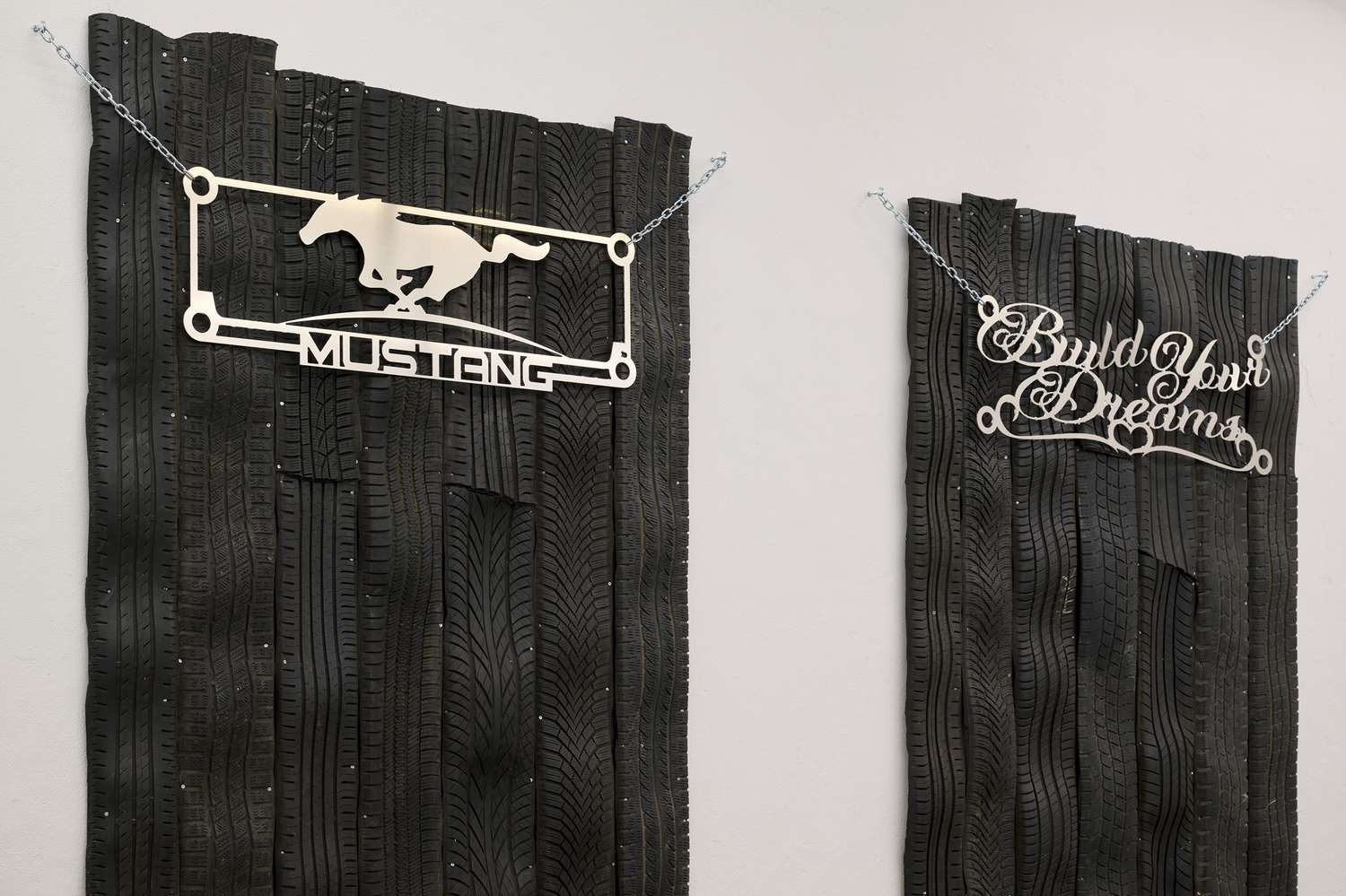
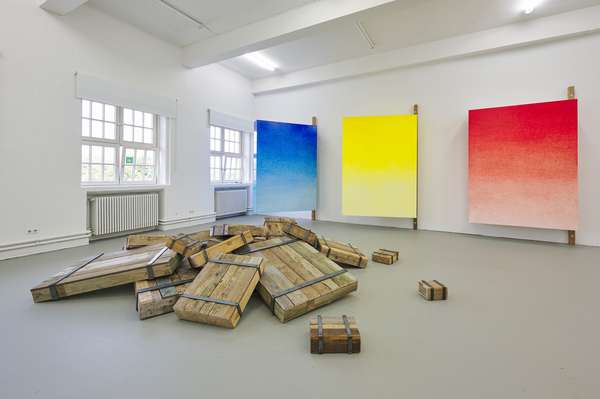

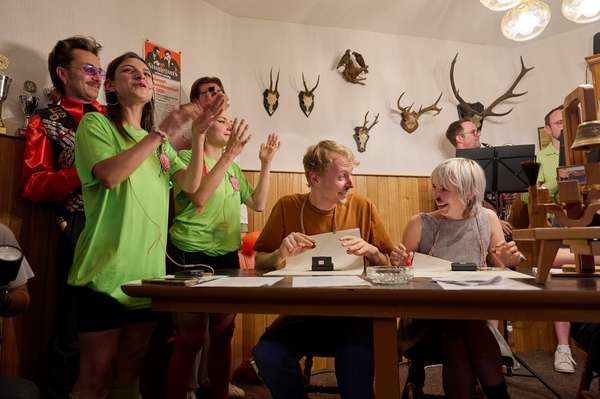
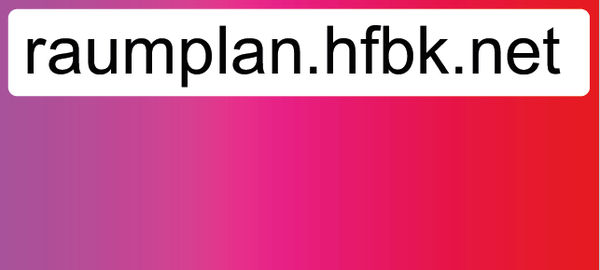
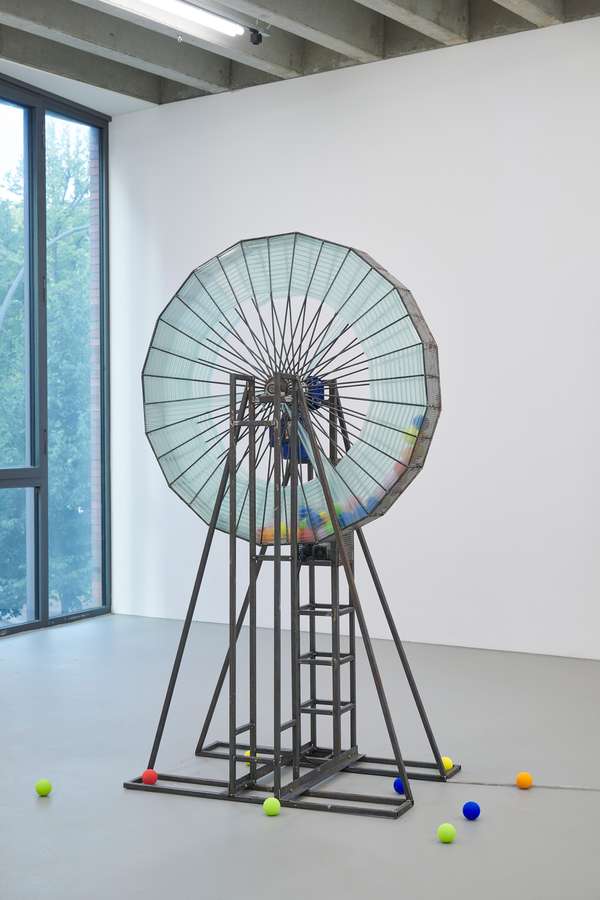

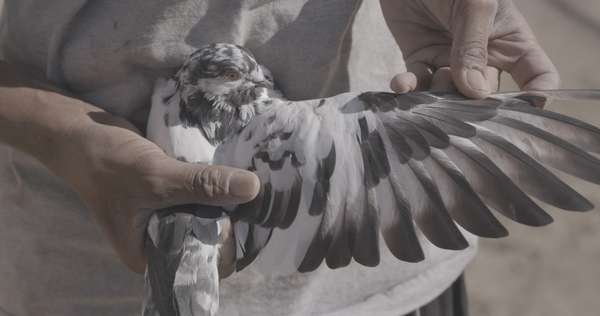
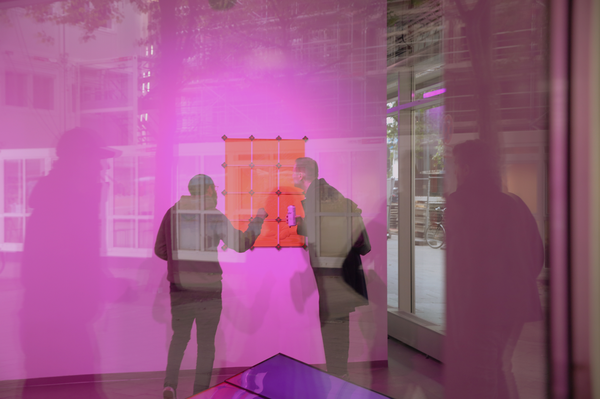


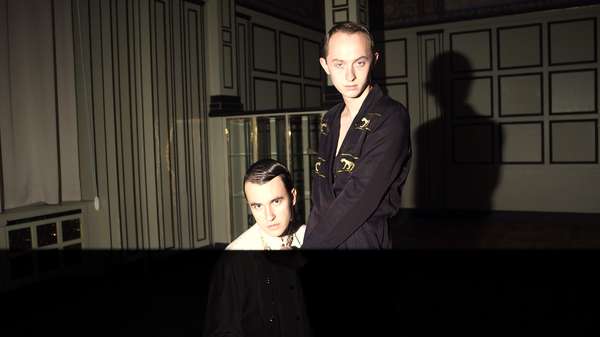
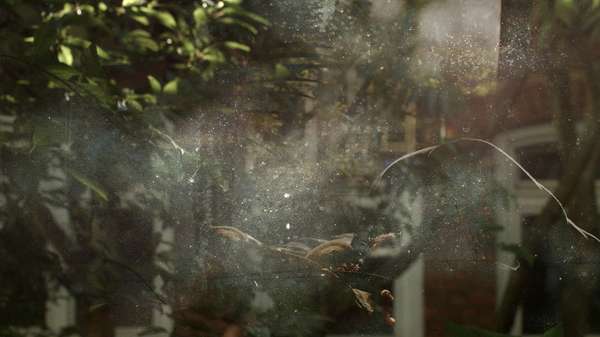
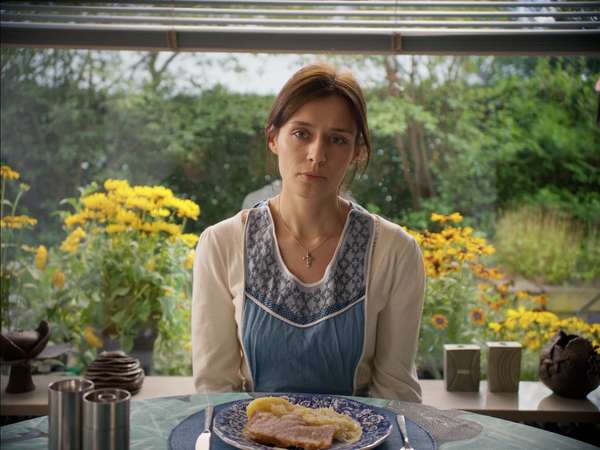
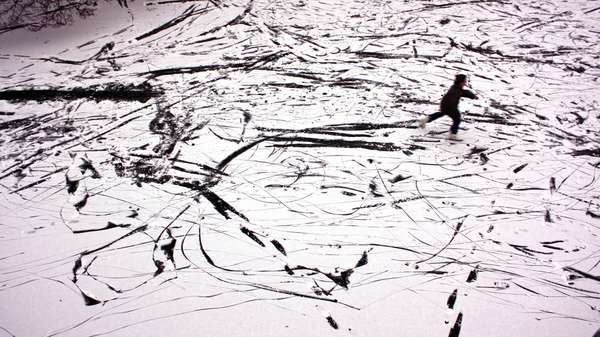
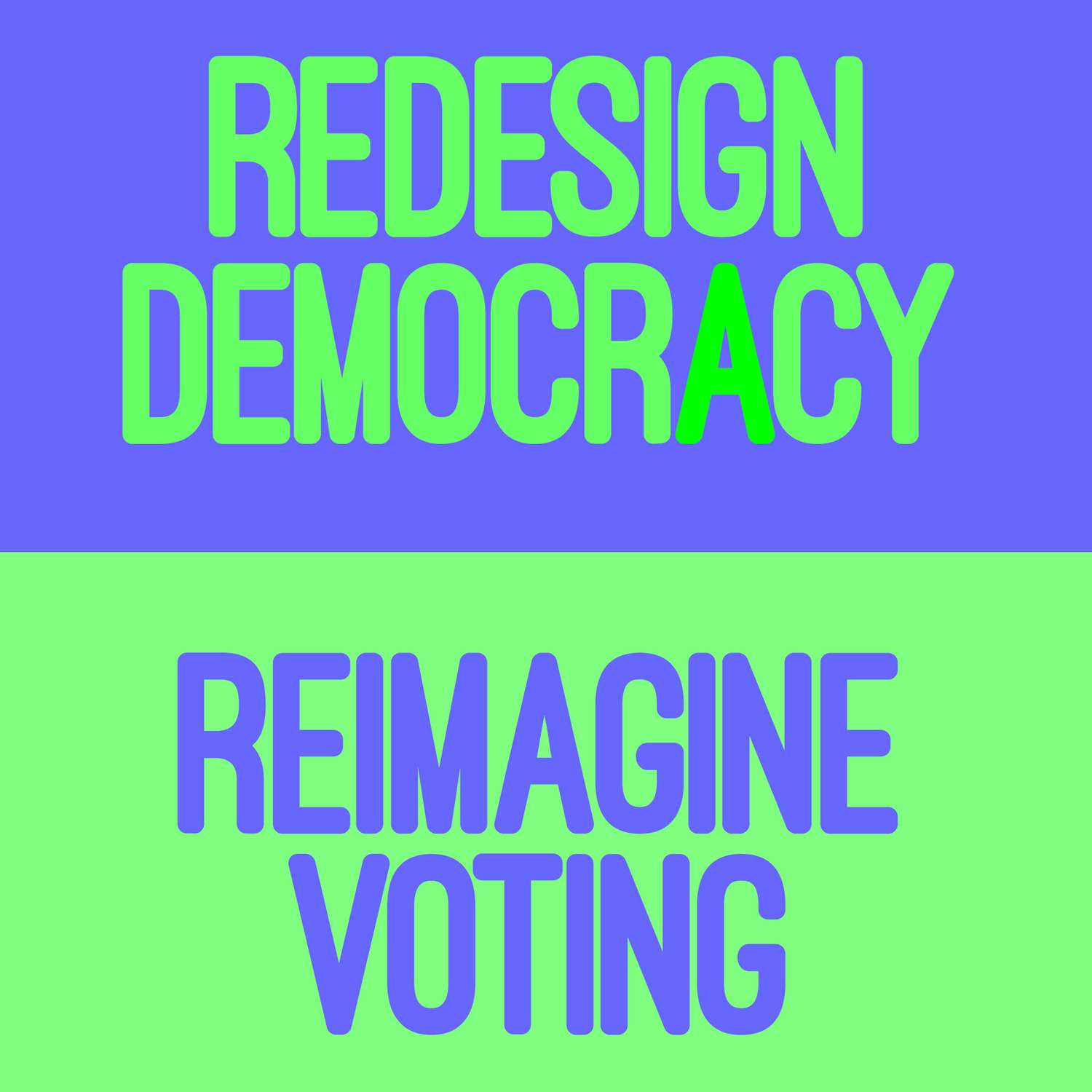

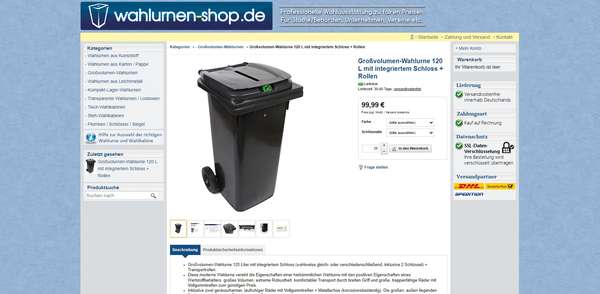

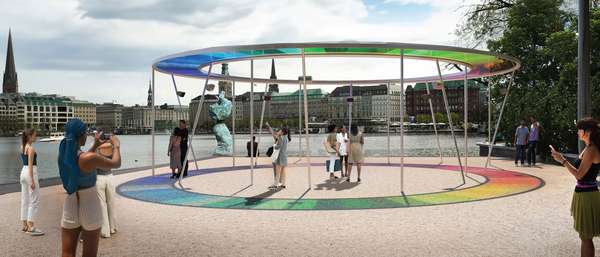

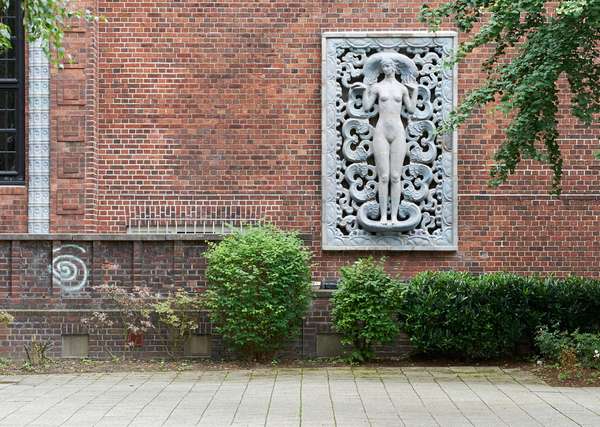
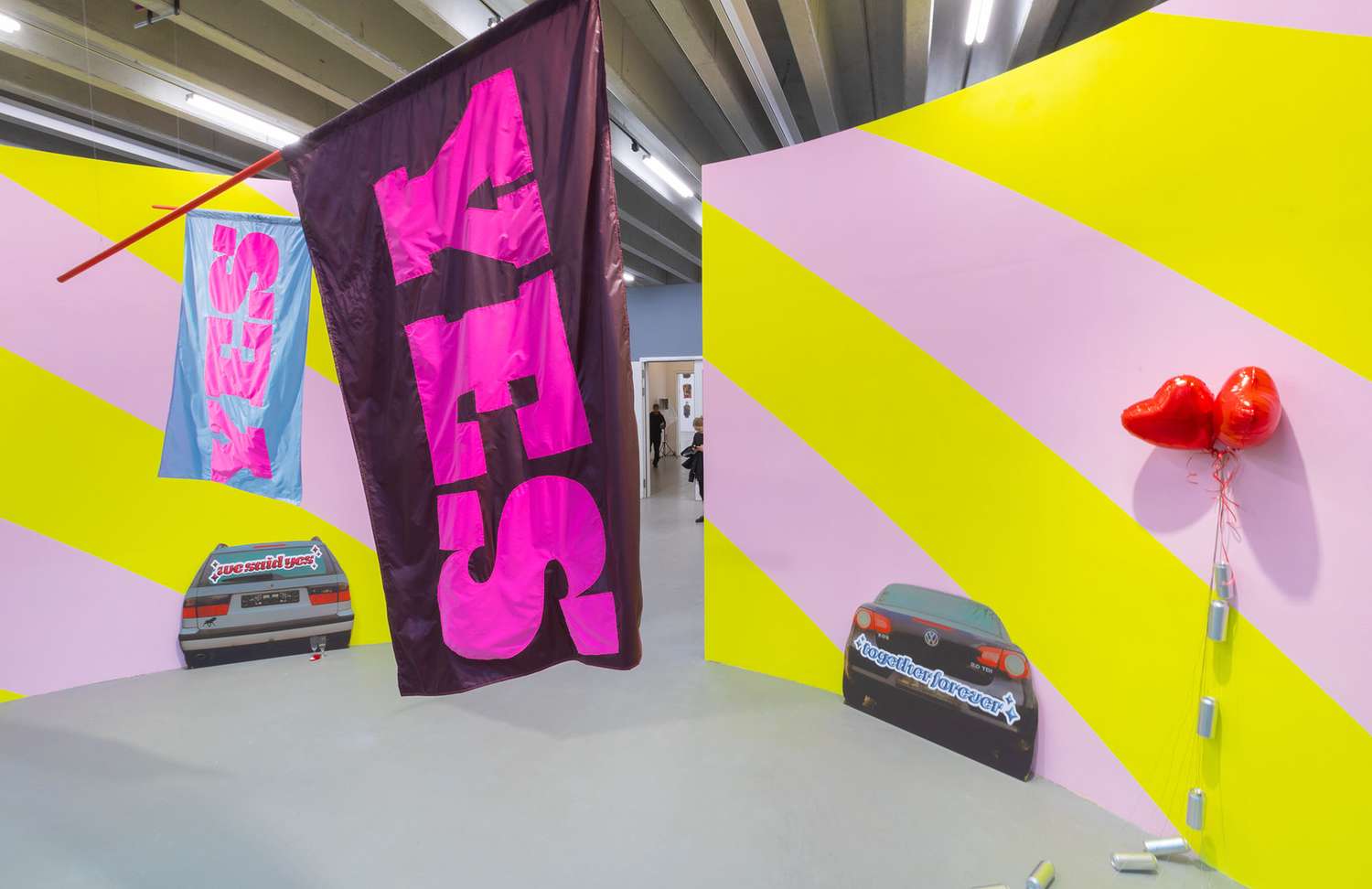
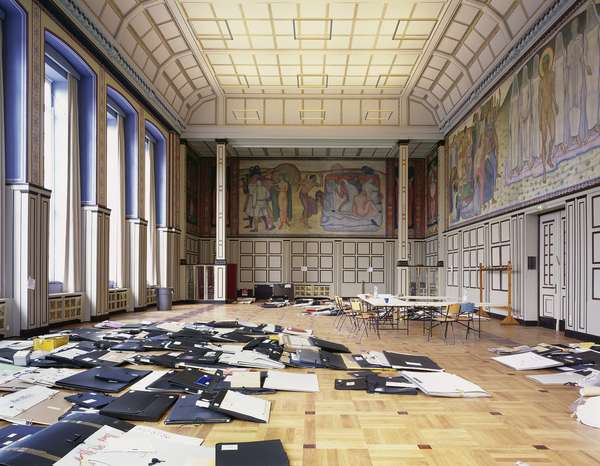
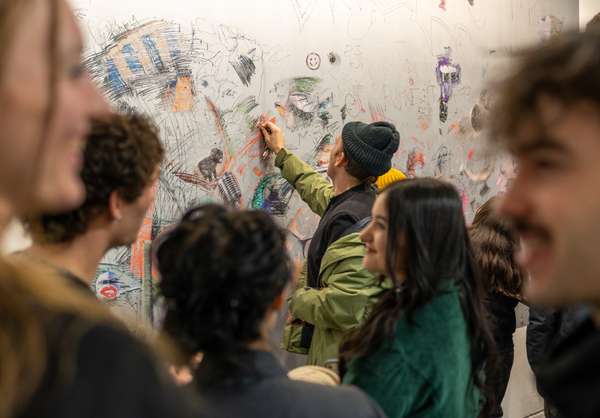
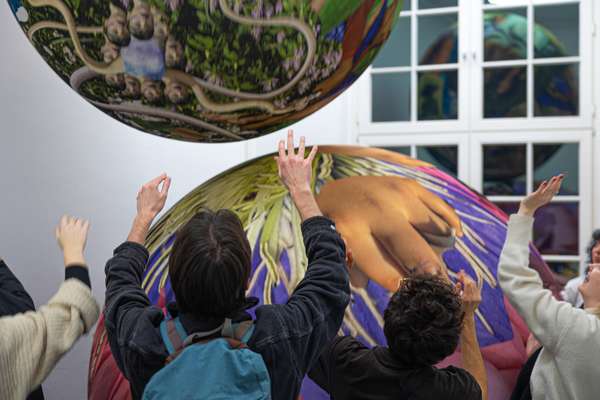
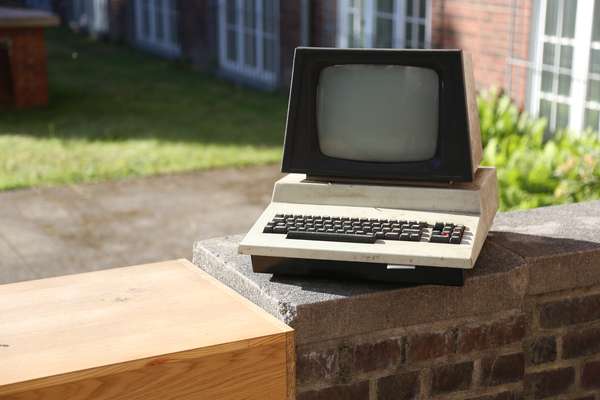


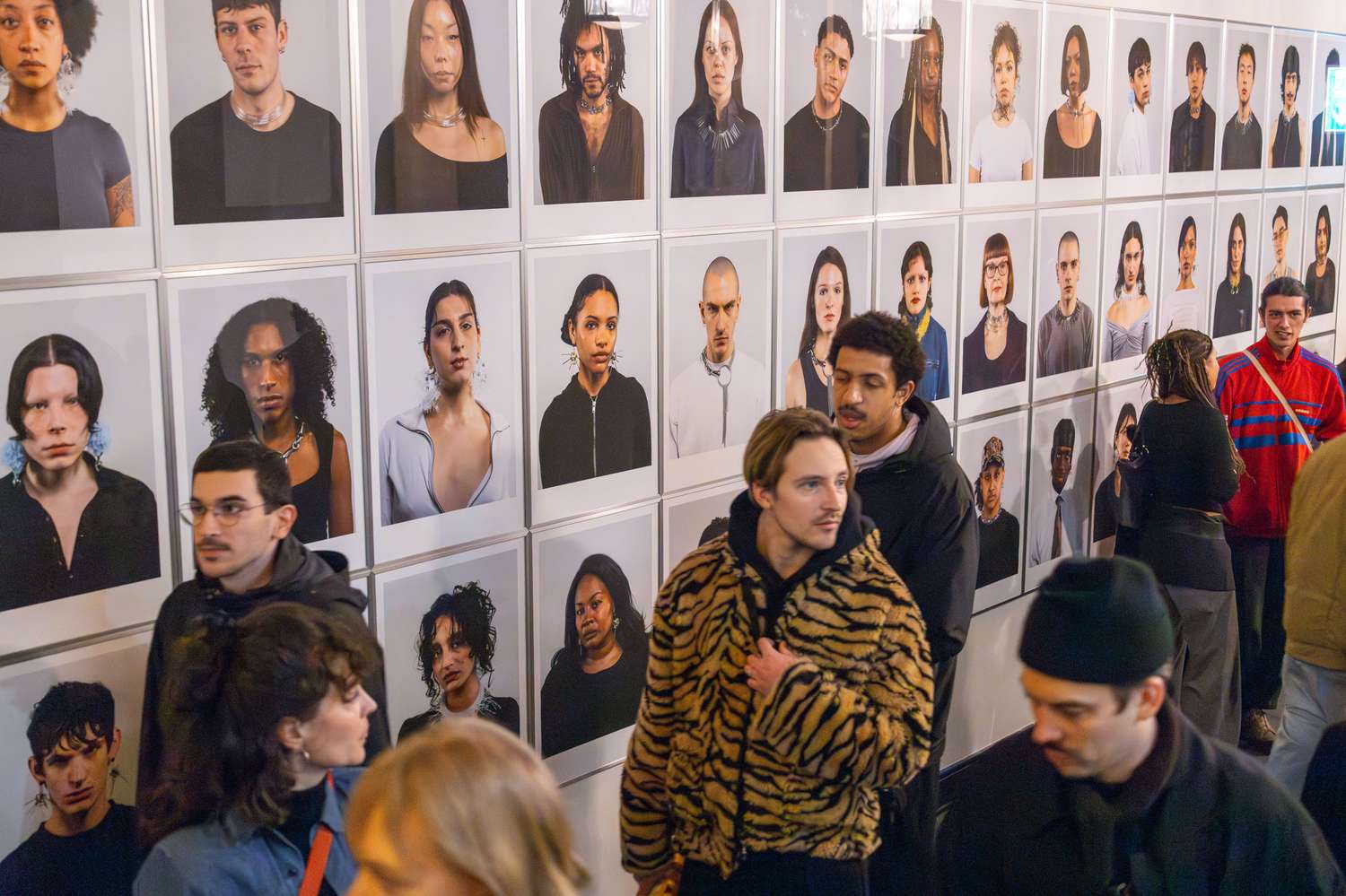
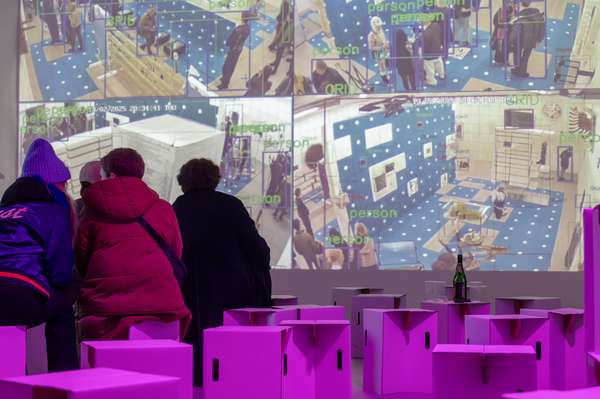
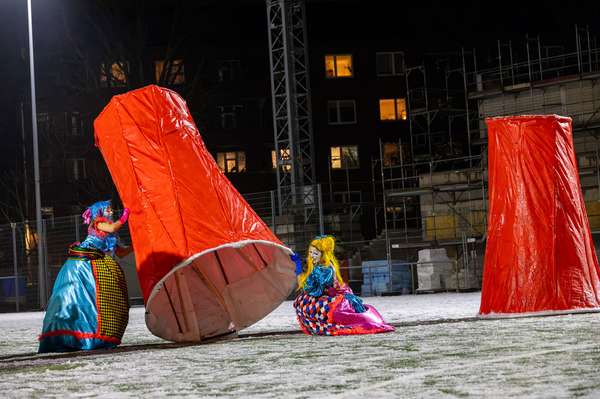
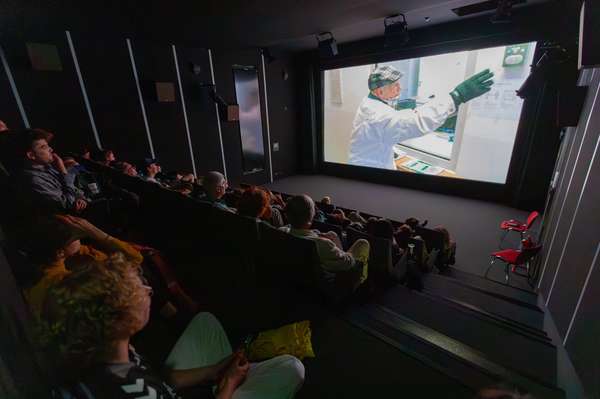
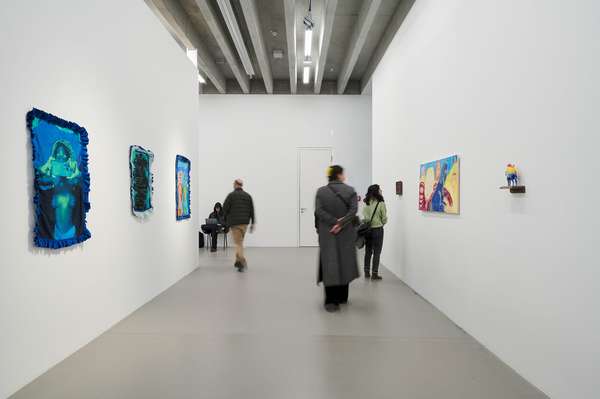
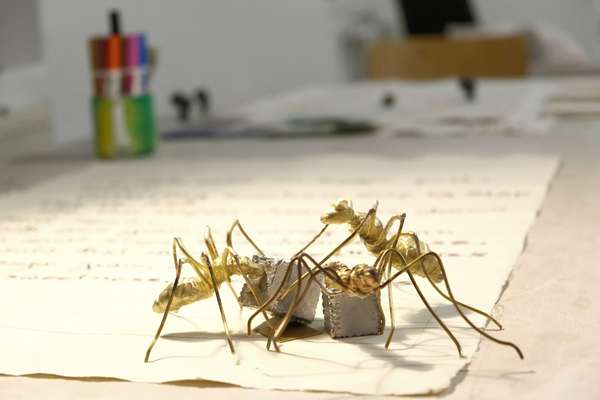
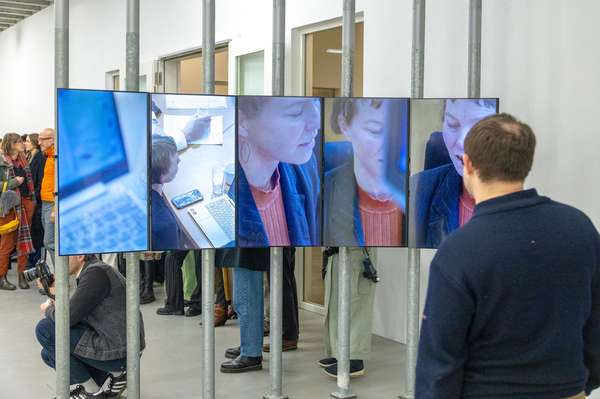
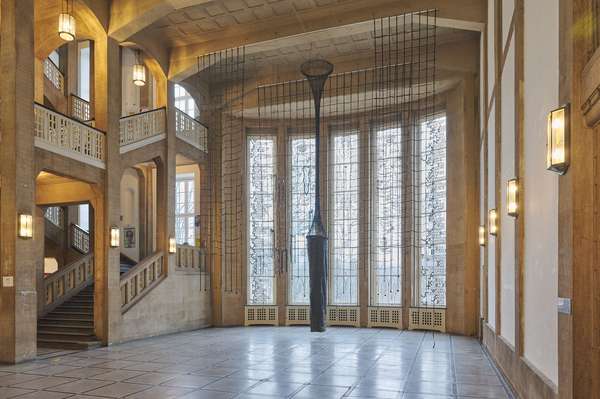
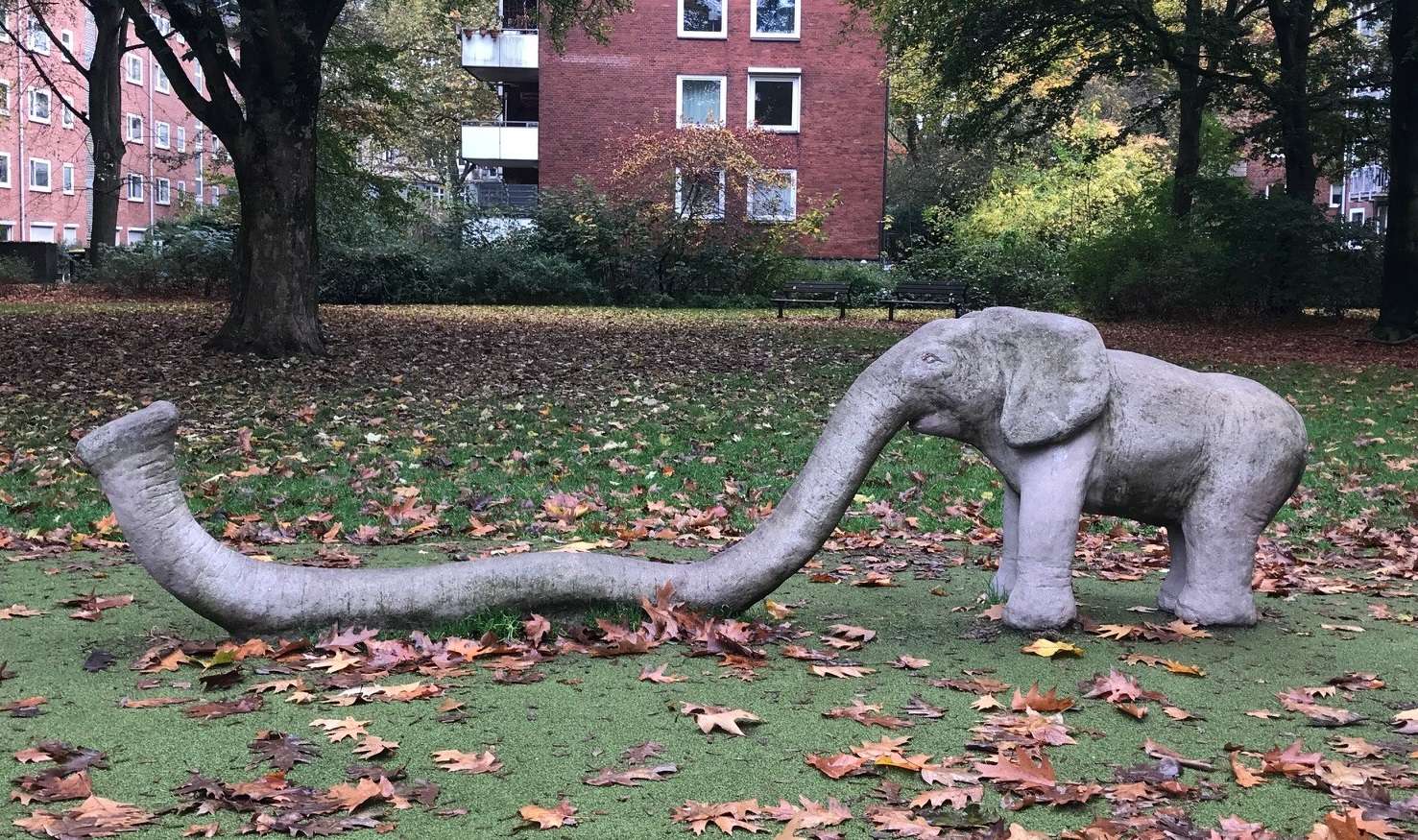
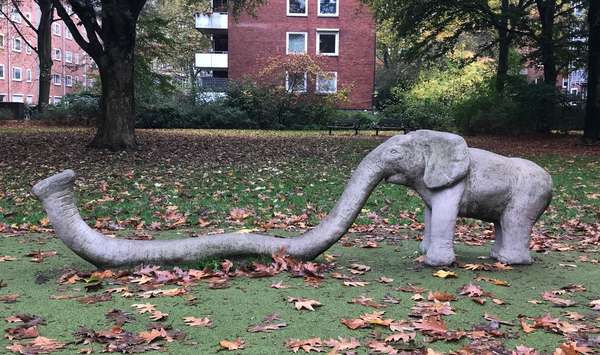
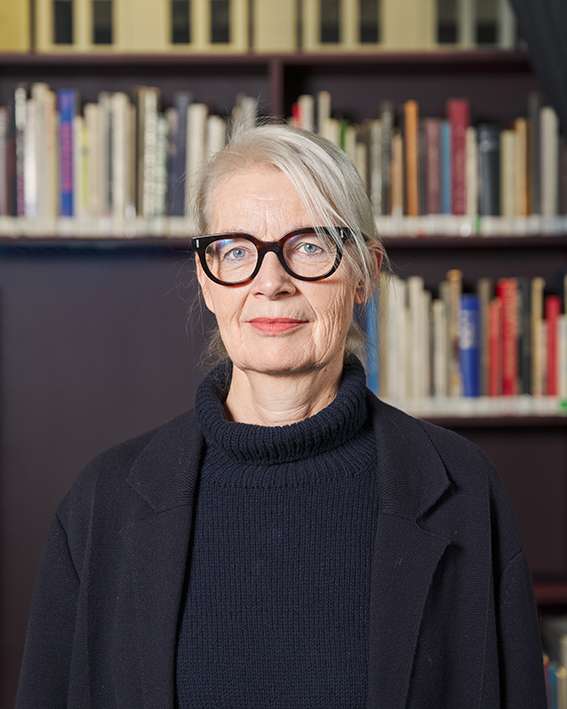
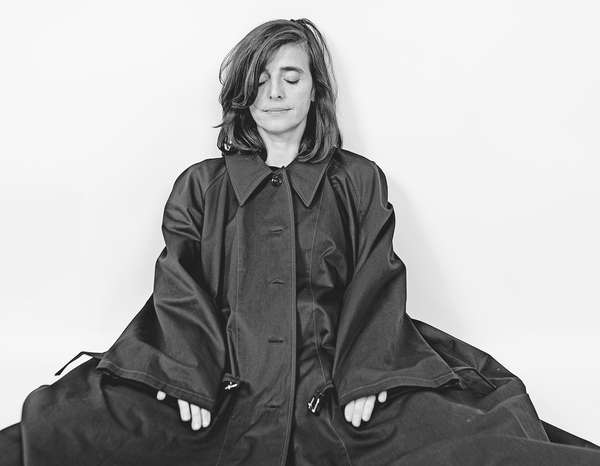
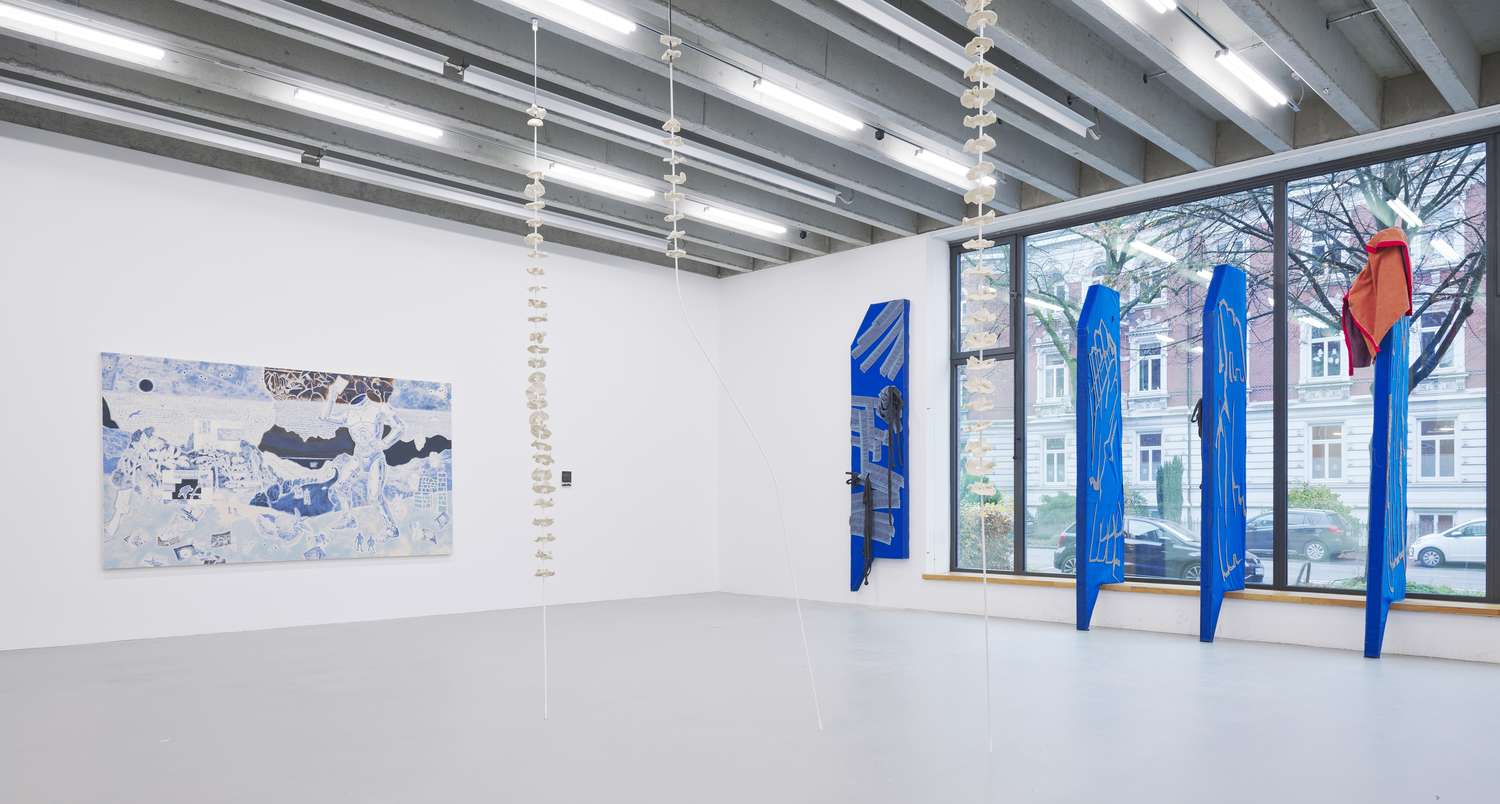
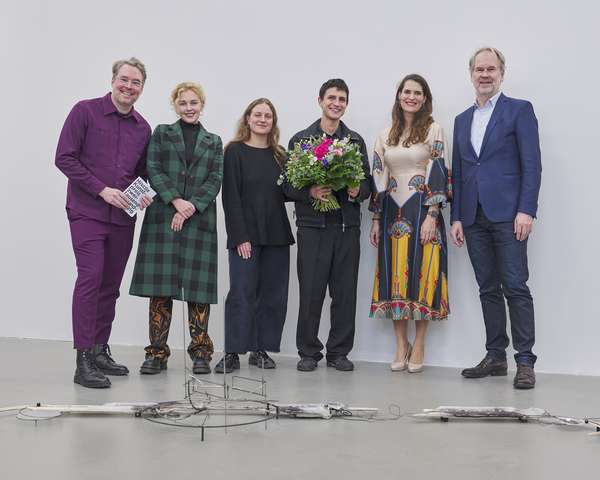
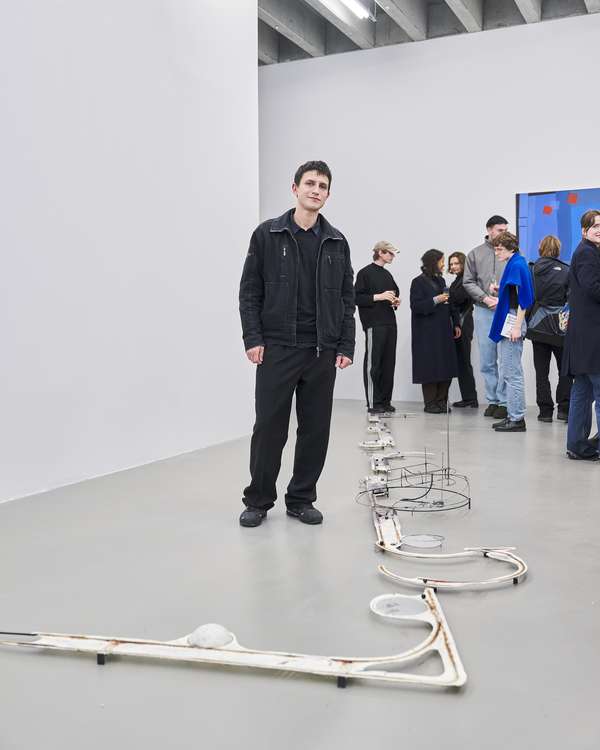
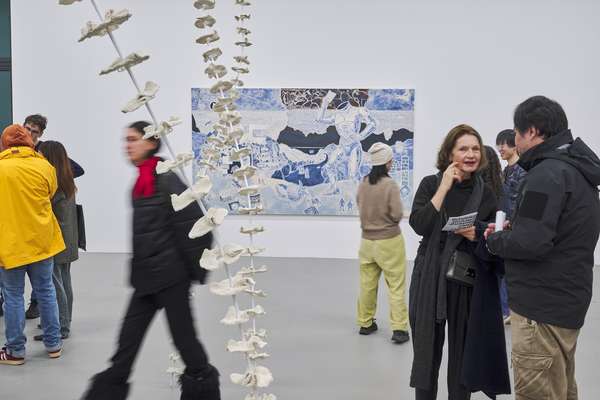
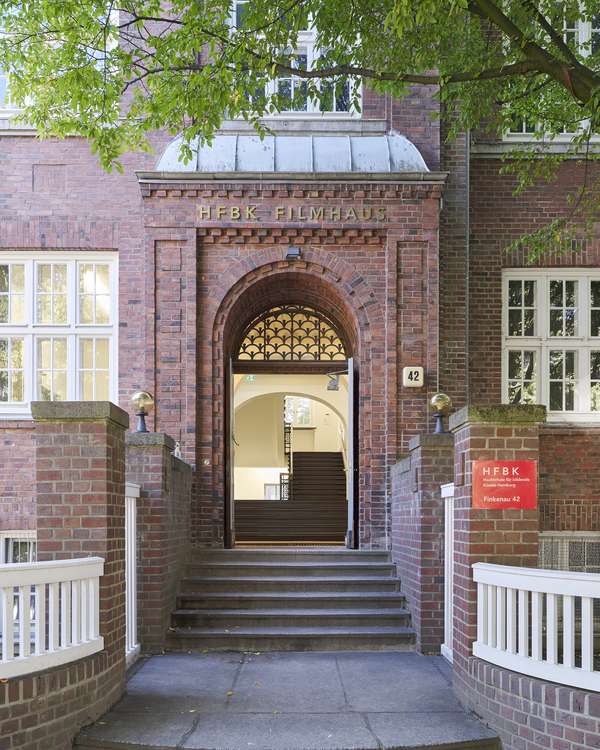
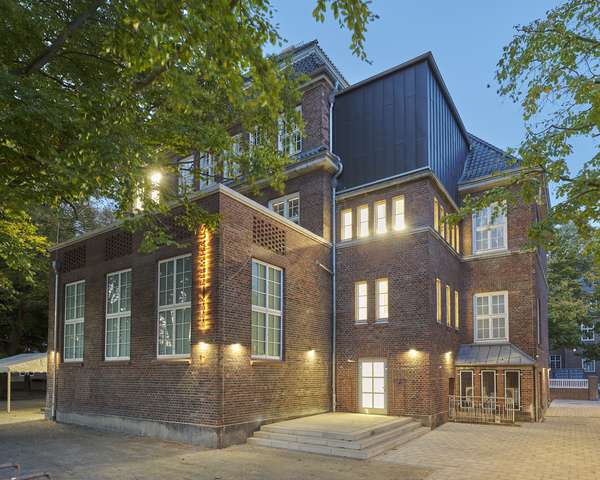
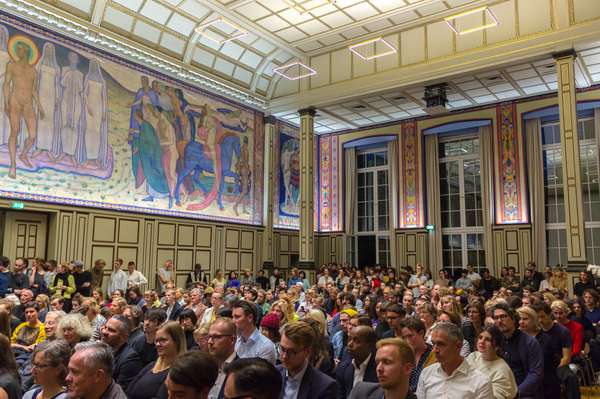
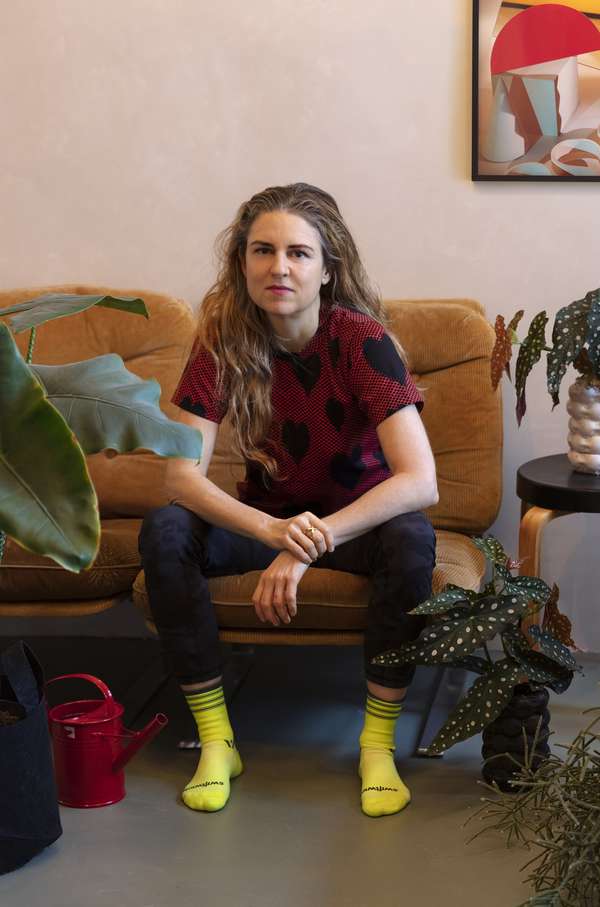
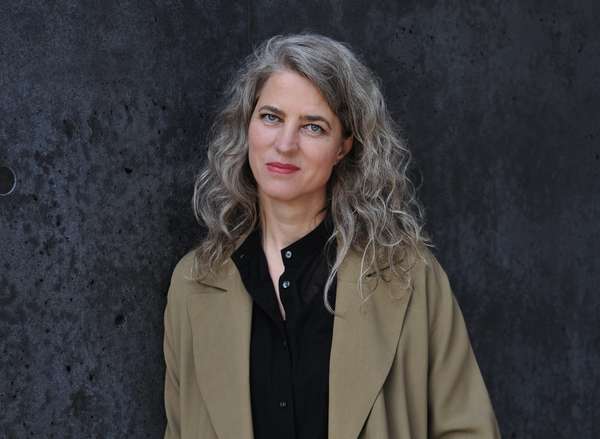
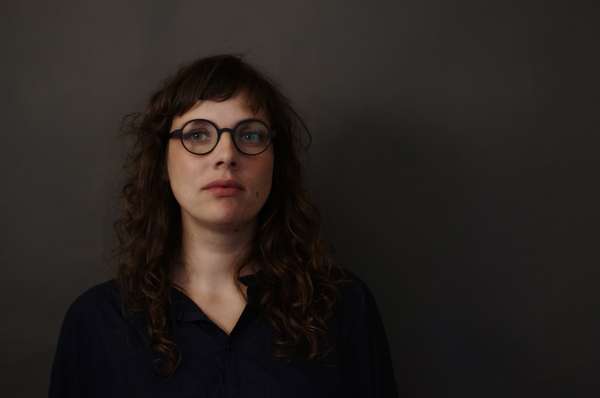
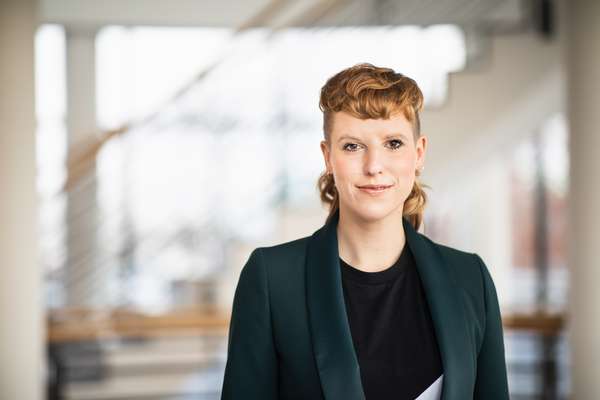
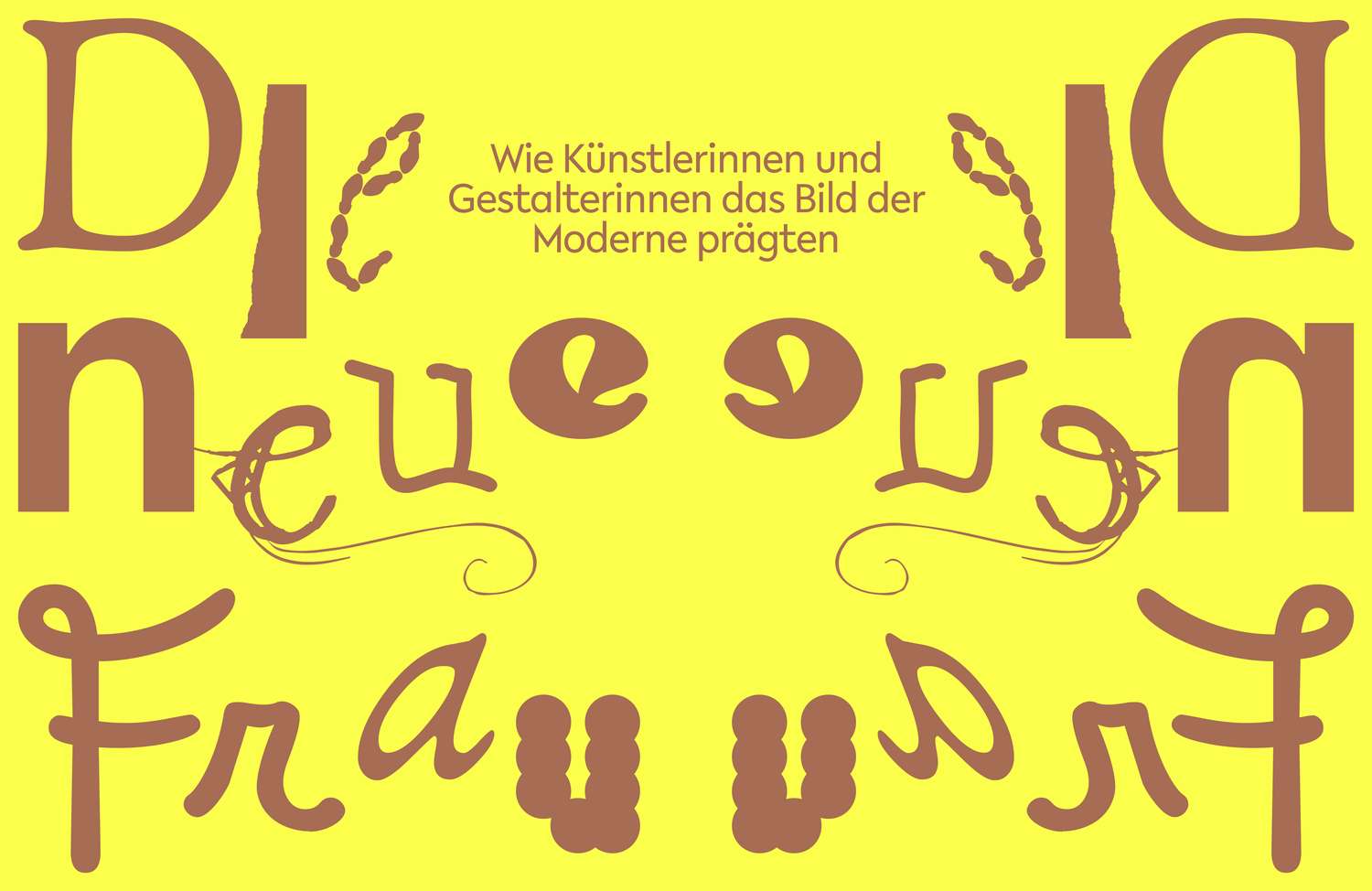
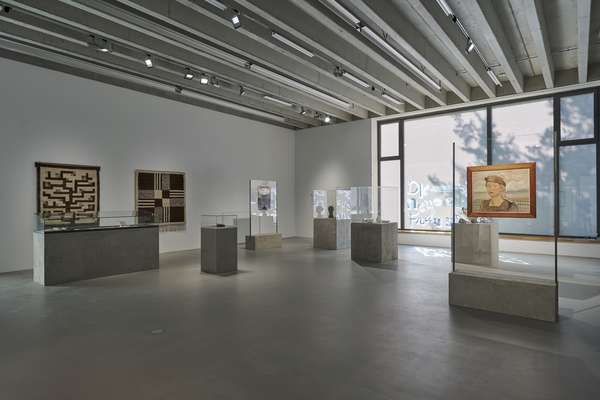
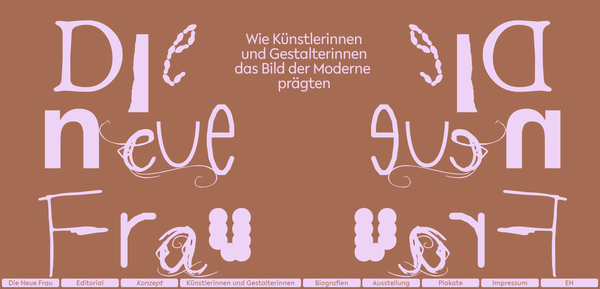
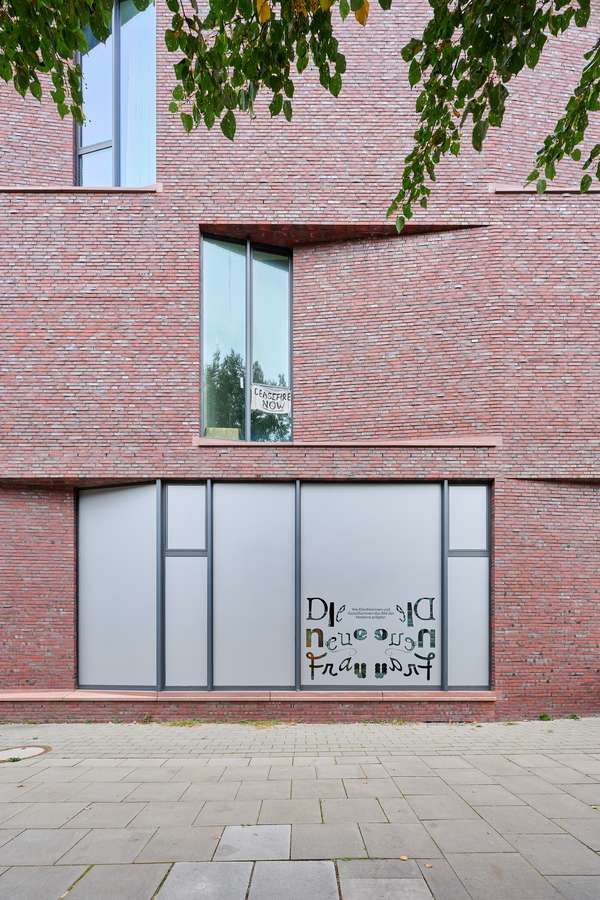
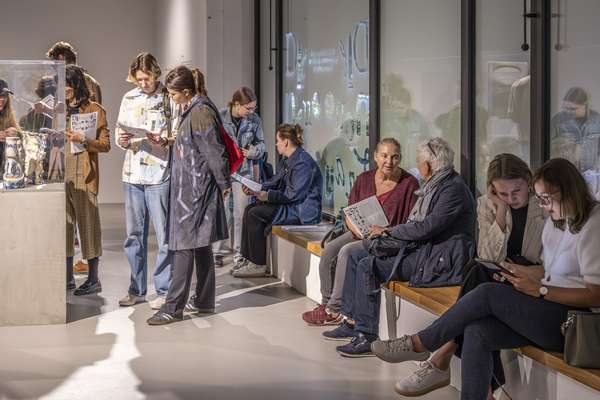

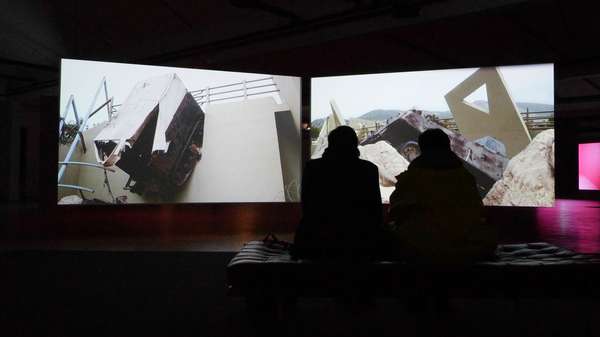
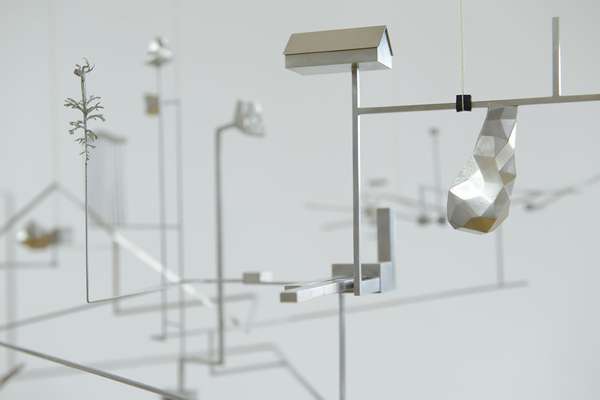
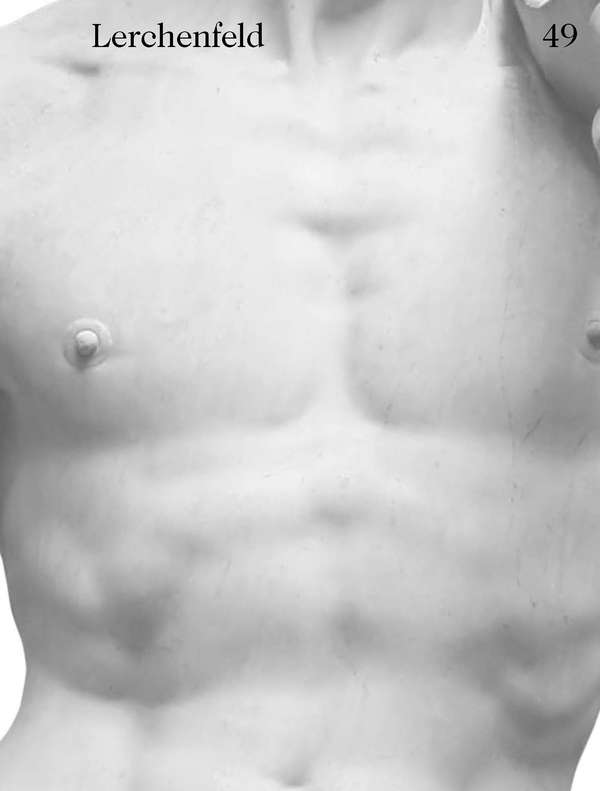
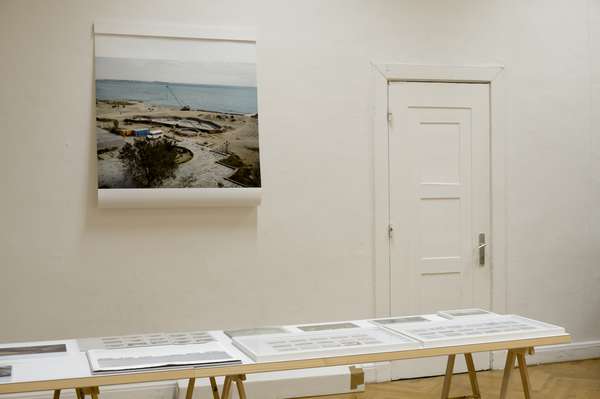
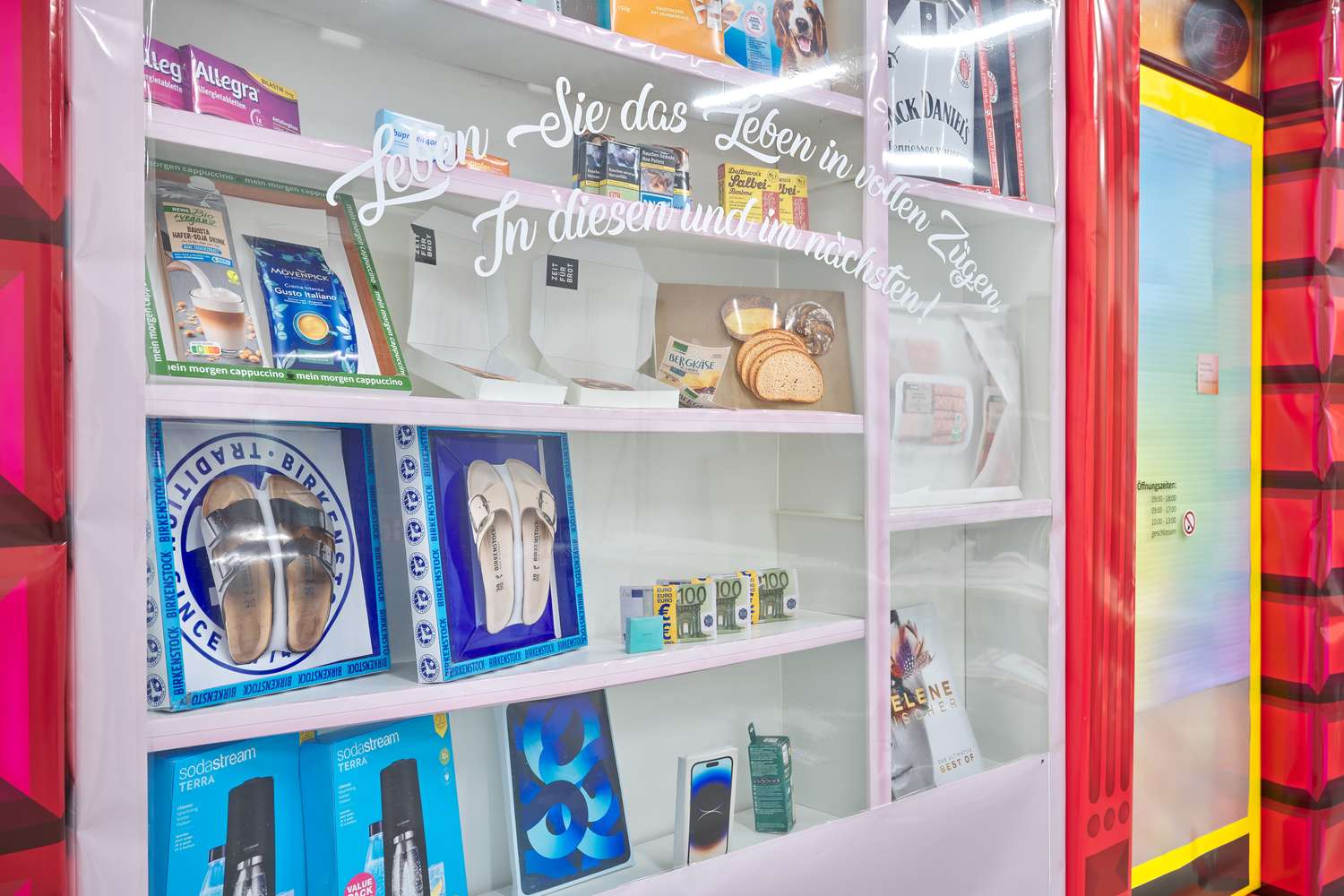
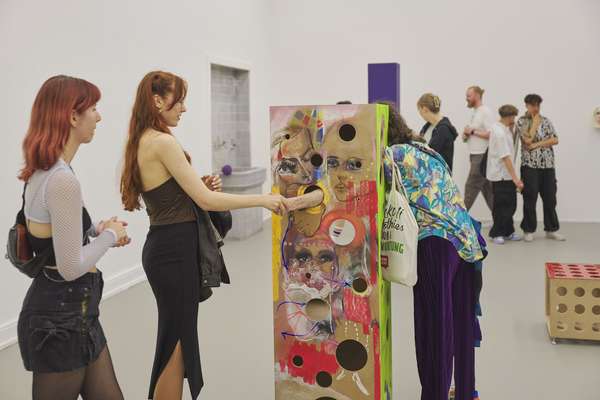
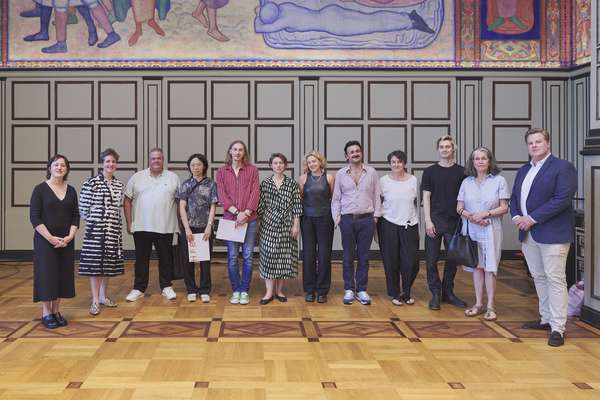


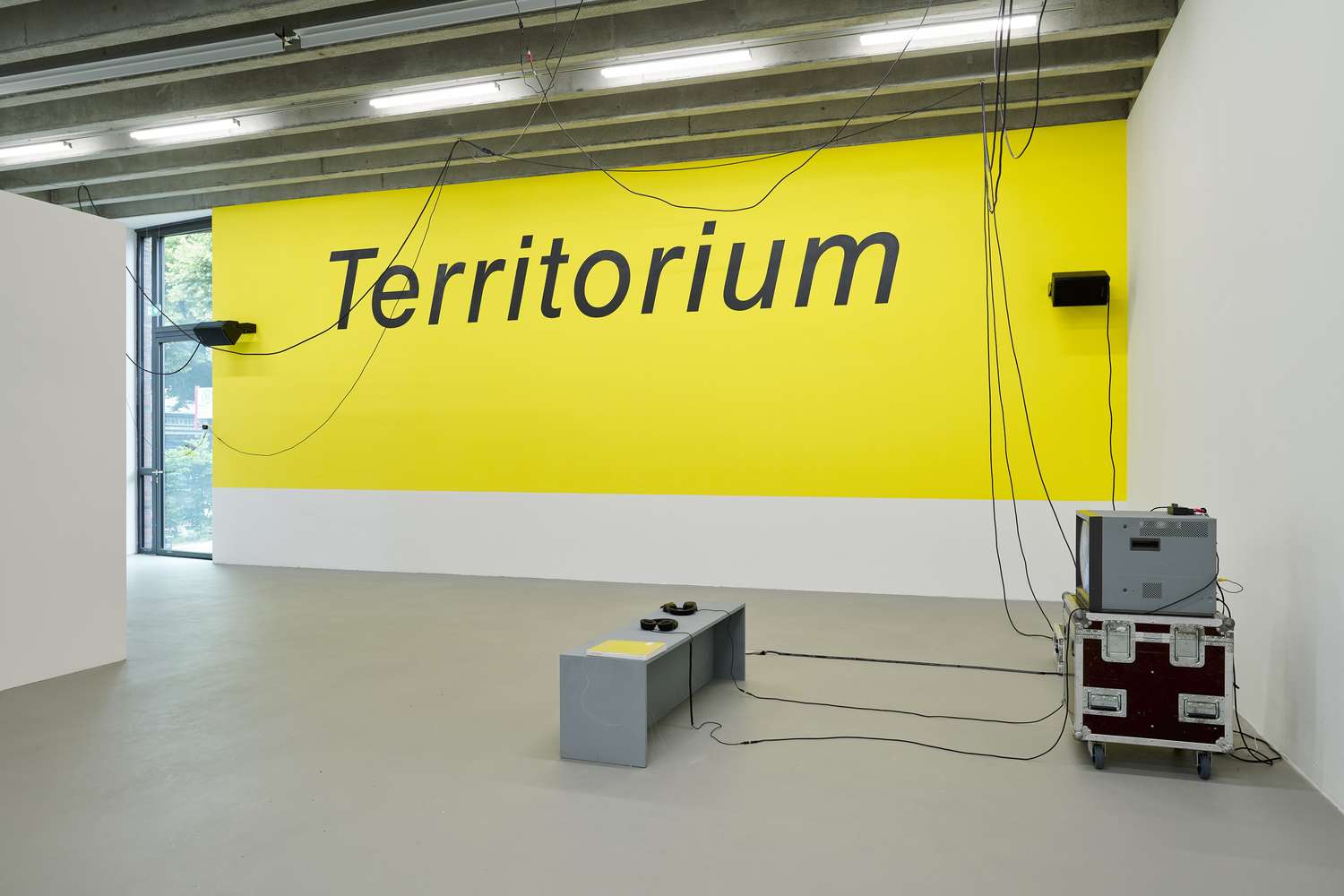

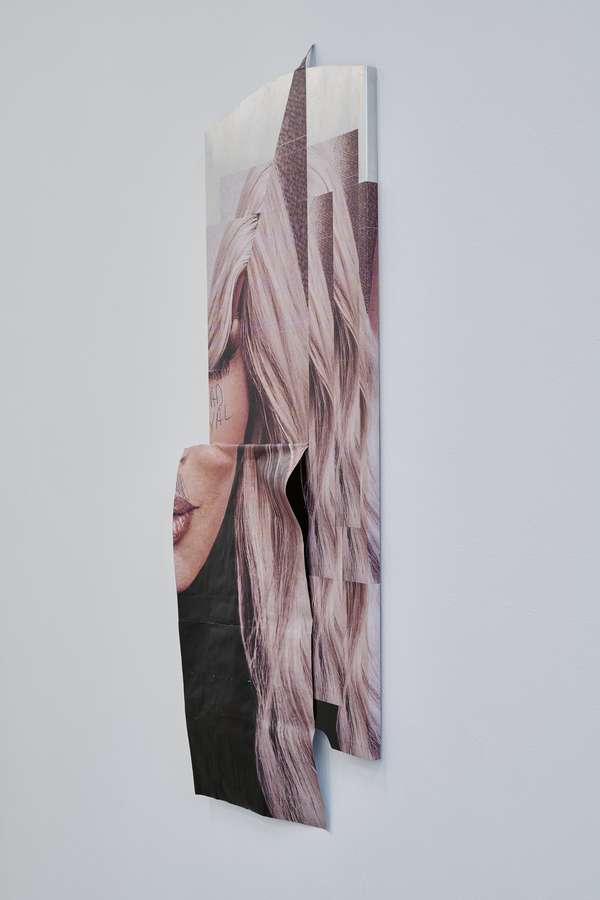



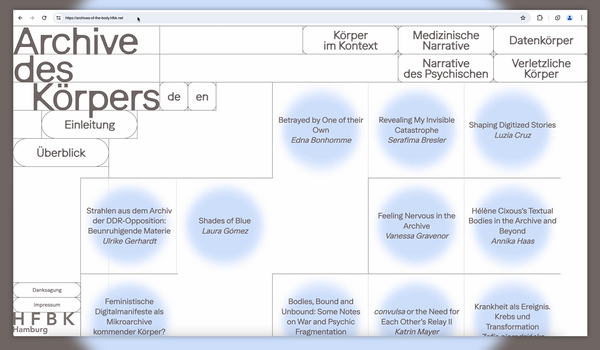






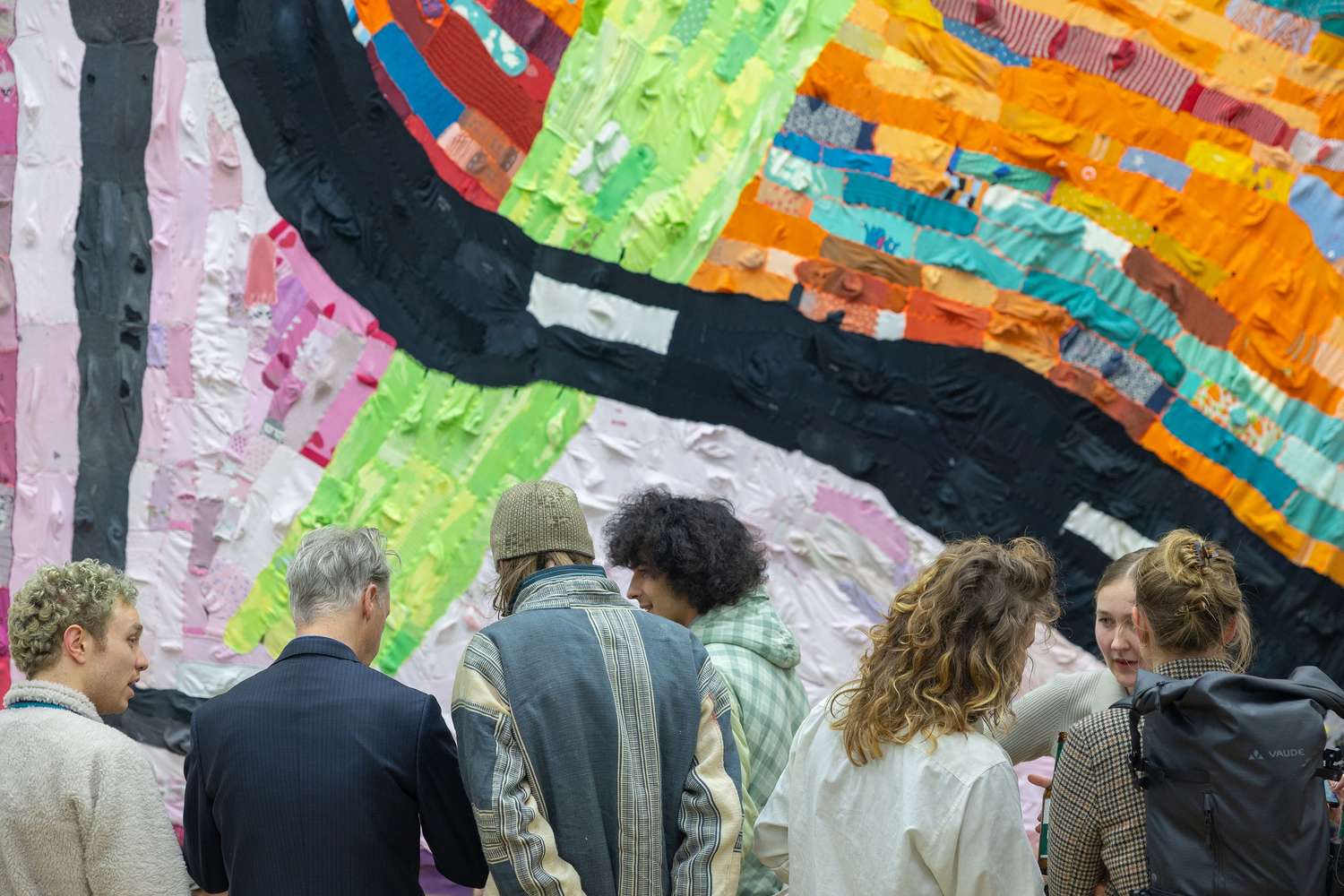








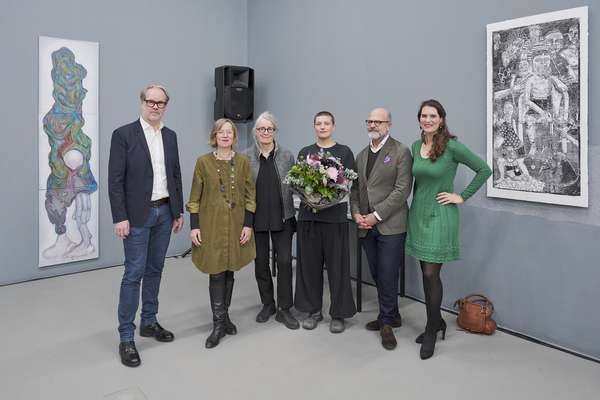


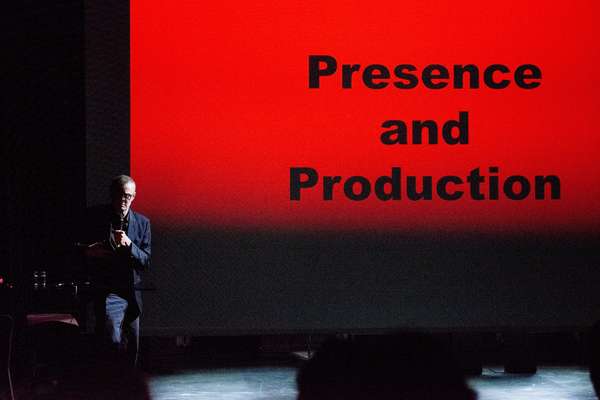



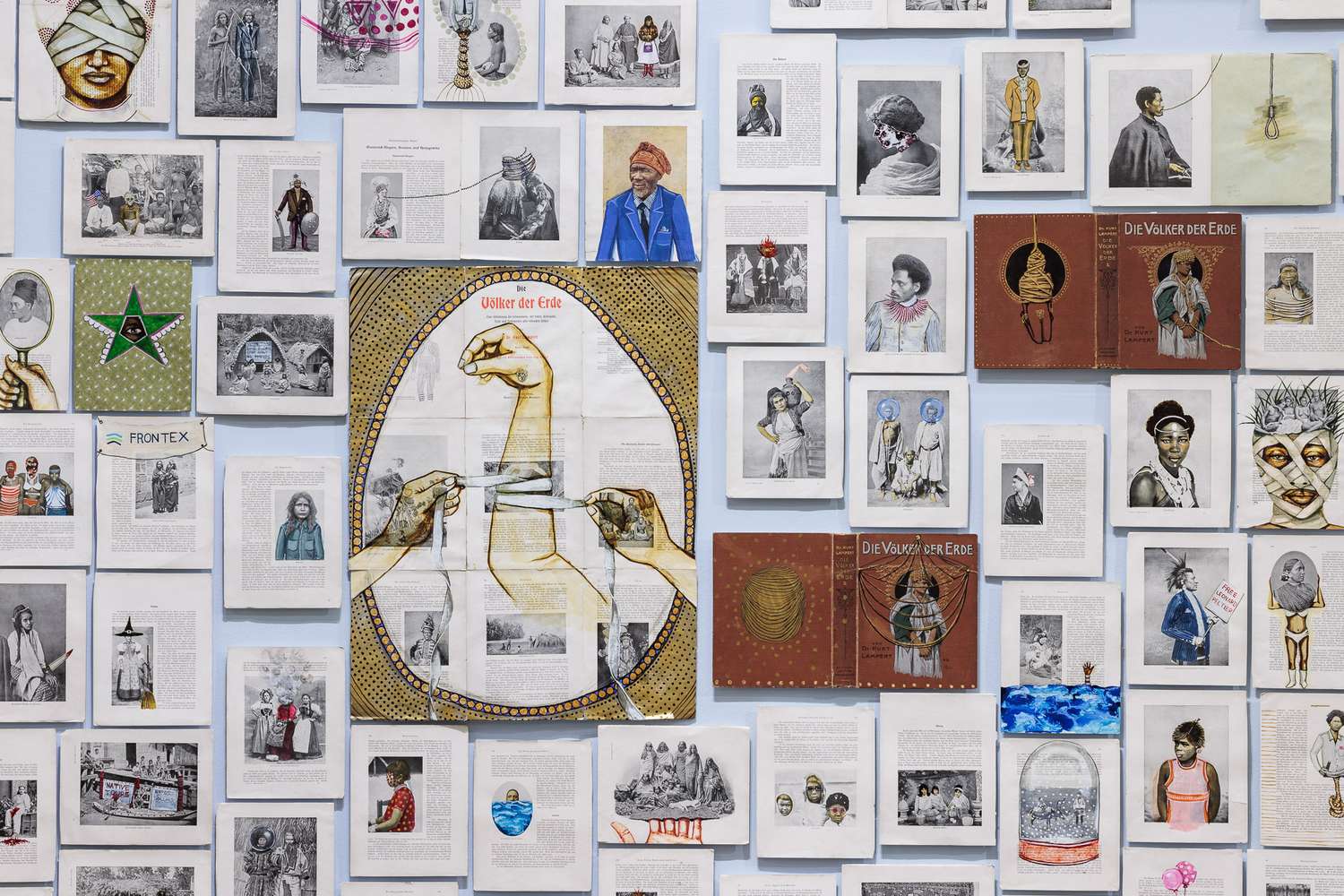









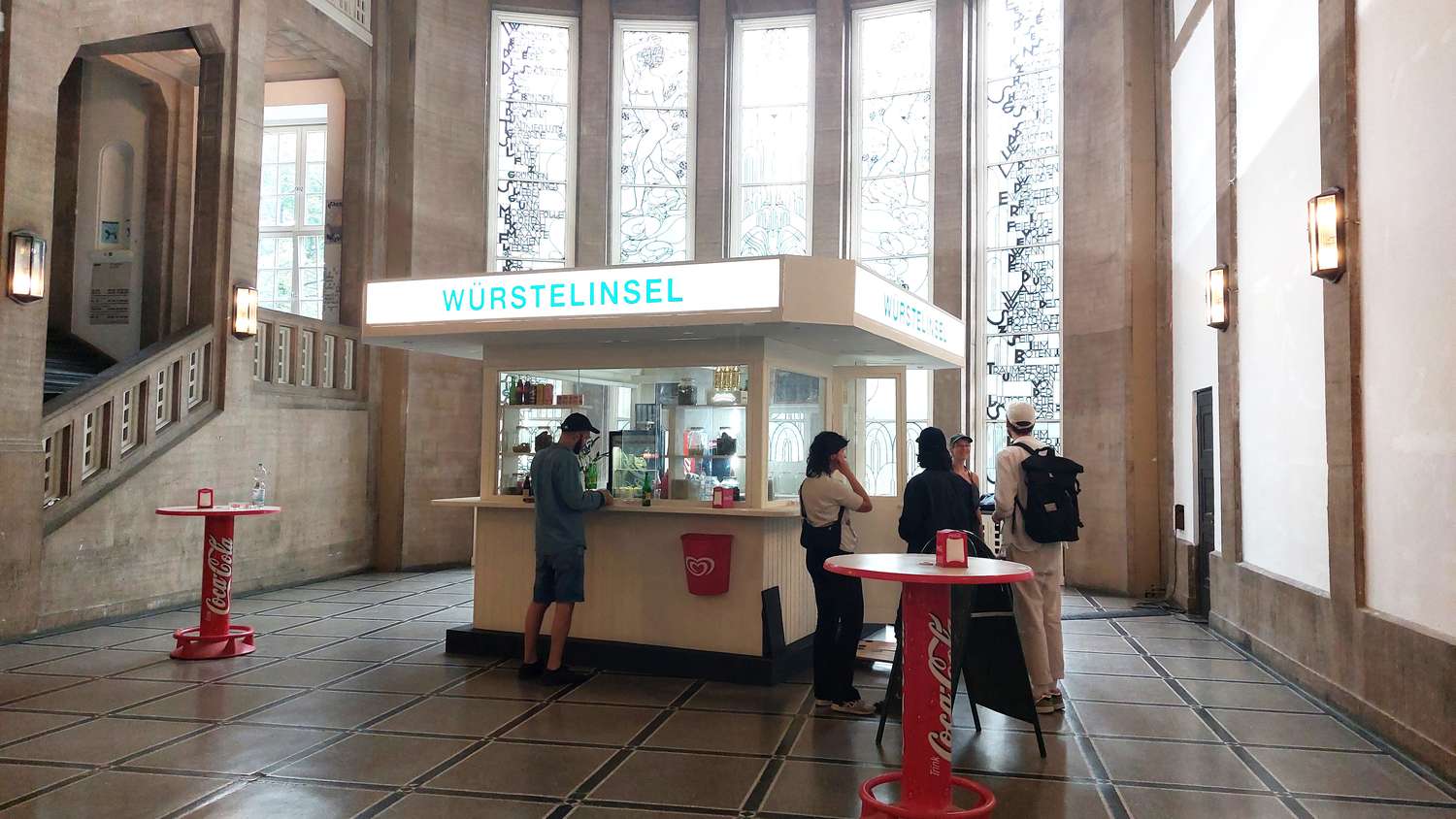








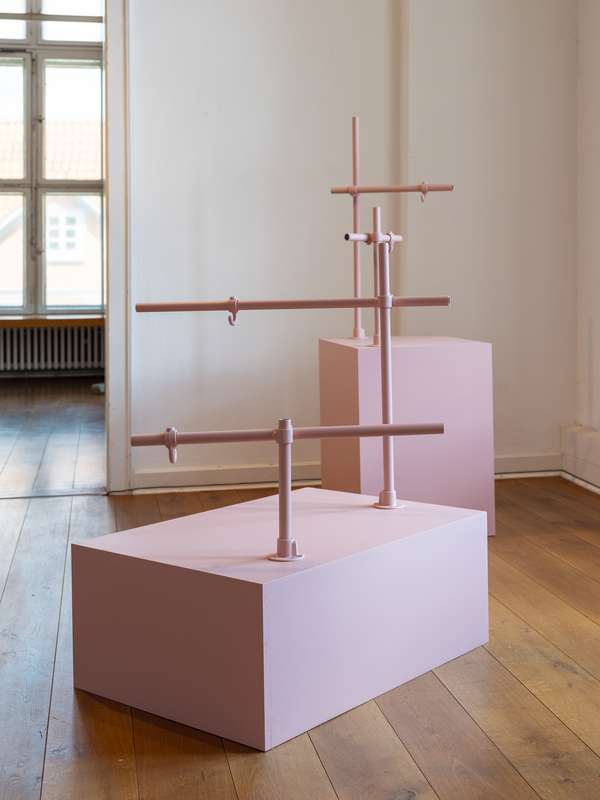

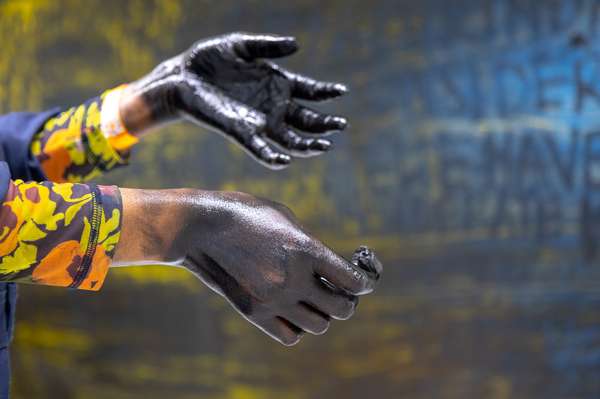




































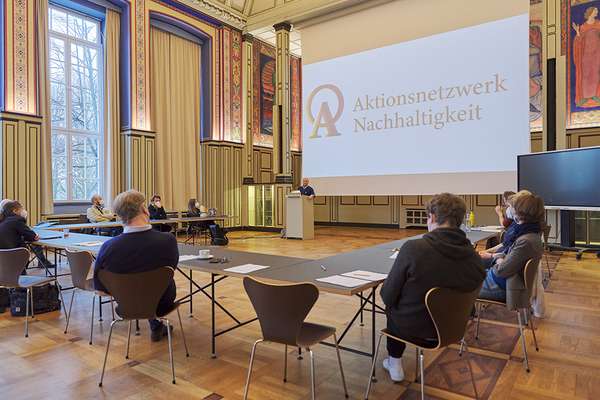






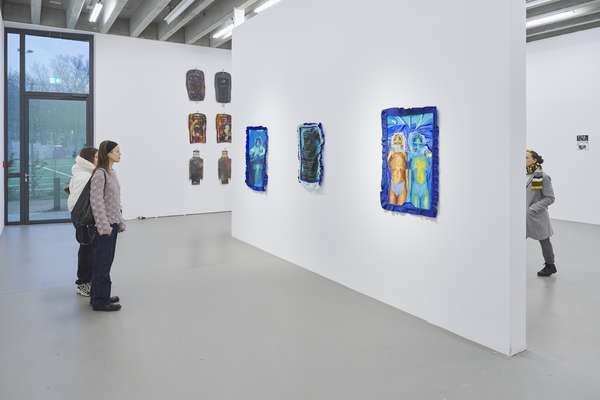








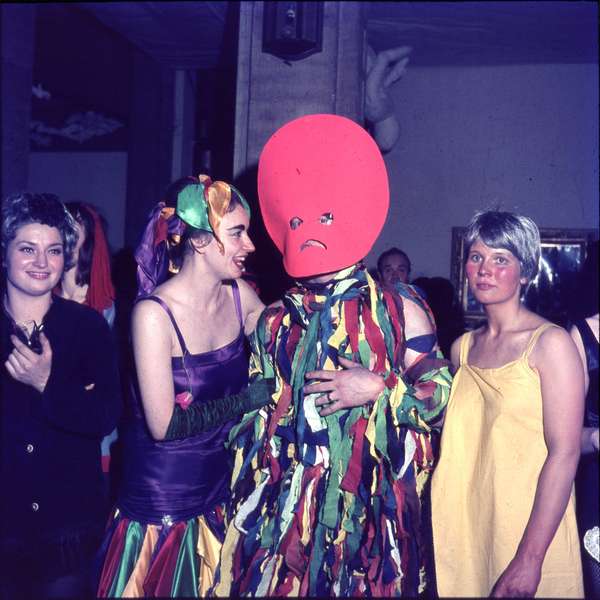

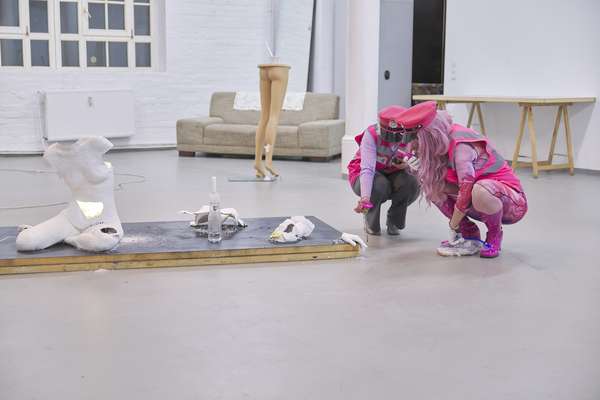







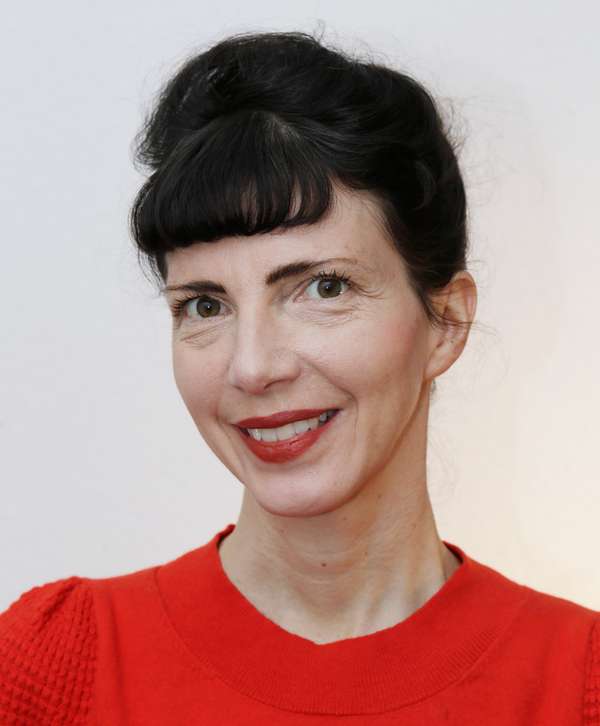
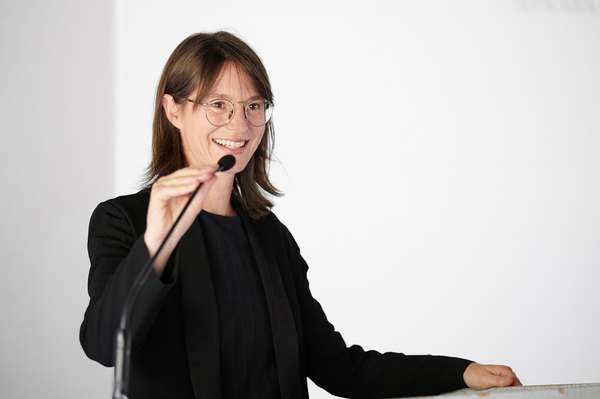




















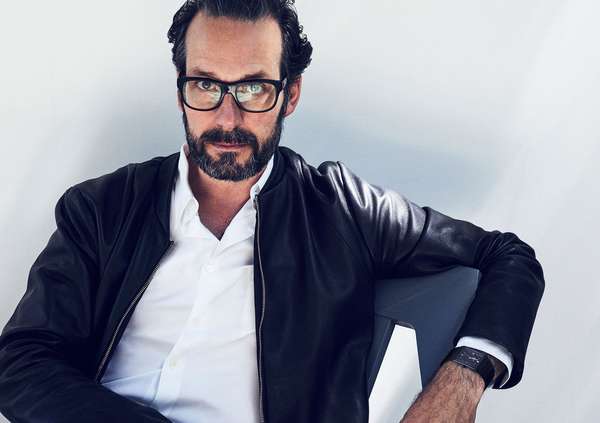







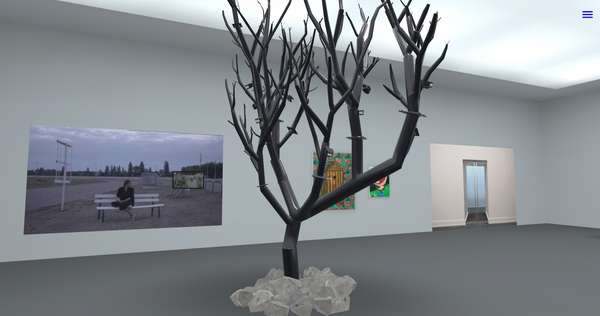
















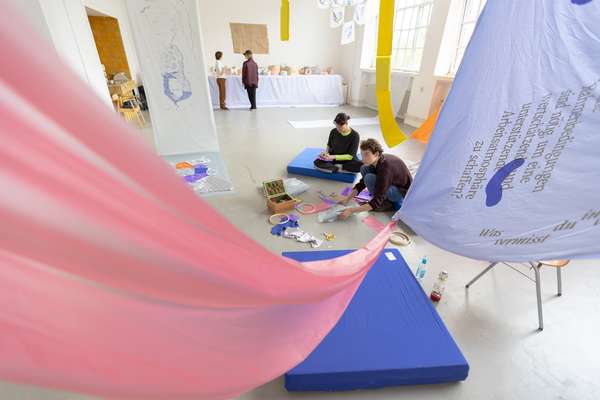

 Graduate Show 2025: Don't stop me now
Graduate Show 2025: Don't stop me now
 Long days, lots to do
Long days, lots to do
 Cine*Ami*es
Cine*Ami*es
 Redesign Democracy – competition for the ballot box of the democratic future
Redesign Democracy – competition for the ballot box of the democratic future
 Art in public space
Art in public space
 How to apply: study at HFBK Hamburg
How to apply: study at HFBK Hamburg
 Annual Exhibition 2025 at the HFBK Hamburg
Annual Exhibition 2025 at the HFBK Hamburg
 The Elephant in The Room – Sculpture today
The Elephant in The Room – Sculpture today
 Hiscox Art Prize 2024
Hiscox Art Prize 2024
 The New Woman
The New Woman
 Doing a PhD at the HFBK Hamburg
Doing a PhD at the HFBK Hamburg
 Graduate Show 2024 - Letting Go
Graduate Show 2024 - Letting Go
 Finkenwerder Art Prize 2024
Finkenwerder Art Prize 2024
 Archives of the Body - The Body in Archiving
Archives of the Body - The Body in Archiving
 New partnership with the School of Arts at the University of Haifa
New partnership with the School of Arts at the University of Haifa
 Annual Exhibition 2024 at the HFBK Hamburg
Annual Exhibition 2024 at the HFBK Hamburg
 (Ex)Changes of / in Art
(Ex)Changes of / in Art
 Extended Libraries
Extended Libraries
 And Still I Rise
And Still I Rise
 Let's talk about language
Let's talk about language
 Graduate Show 2023: Unfinished Business
Graduate Show 2023: Unfinished Business
 Let`s work together
Let`s work together
 Annual Exhibition 2023 at HFBK Hamburg
Annual Exhibition 2023 at HFBK Hamburg
 Symposium: Controversy over documenta fifteen
Symposium: Controversy over documenta fifteen
 Festival and Symposium: Non-Knowledge, Laughter and the Moving Image
Festival and Symposium: Non-Knowledge, Laughter and the Moving Image
 Solo exhibition by Konstantin Grcic
Solo exhibition by Konstantin Grcic
 Art and war
Art and war
 Graduate Show 2022: We’ve Only Just Begun
Graduate Show 2022: We’ve Only Just Begun
 June is full of art and theory
June is full of art and theory
 Finkenwerder Art Prize 2022
Finkenwerder Art Prize 2022
 Nachhaltigkeit im Kontext von Kunst und Kunsthochschule
Nachhaltigkeit im Kontext von Kunst und Kunsthochschule
 Raum für die Kunst
Raum für die Kunst
 Annual Exhibition 2022 at the HFBK
Annual Exhibition 2022 at the HFBK
 Conference: Counter-Monuments and Para-Monuments.
Conference: Counter-Monuments and Para-Monuments.
 Diversity
Diversity
 Live und in Farbe: die ASA Open Studios im Juni 2021
Live und in Farbe: die ASA Open Studios im Juni 2021
 Unlearning: Wartenau Assemblies
Unlearning: Wartenau Assemblies
 School of No Consequences
School of No Consequences
 Annual Exhibition 2021 at the HFBK
Annual Exhibition 2021 at the HFBK
 Semestereröffnung und Hiscox-Preisverleihung 2020
Semestereröffnung und Hiscox-Preisverleihung 2020
 Teaching Art Online at the HFBK
Teaching Art Online at the HFBK
 HFBK Graduate Survey
HFBK Graduate Survey
 How political is Social Design?
How political is Social Design?